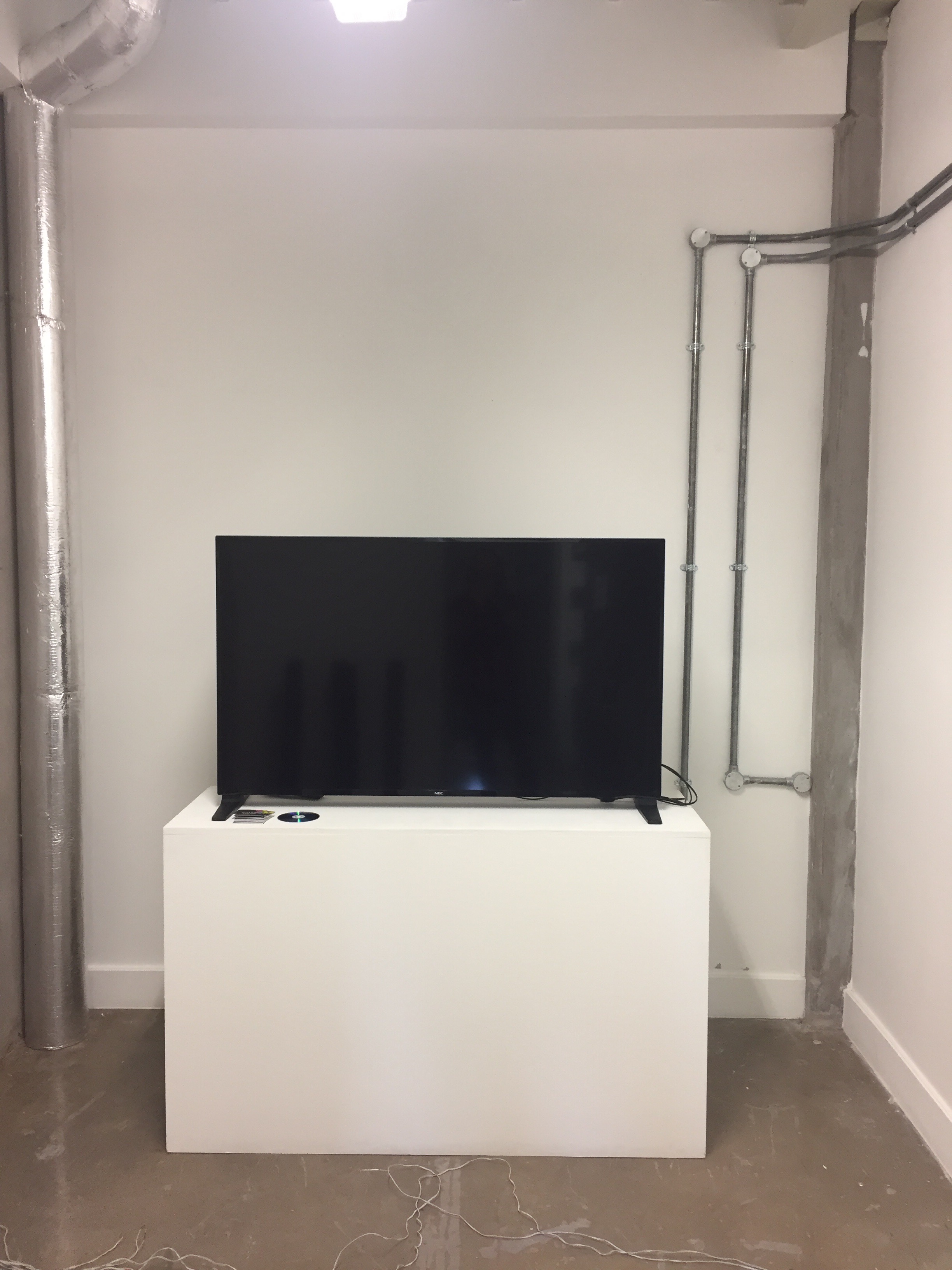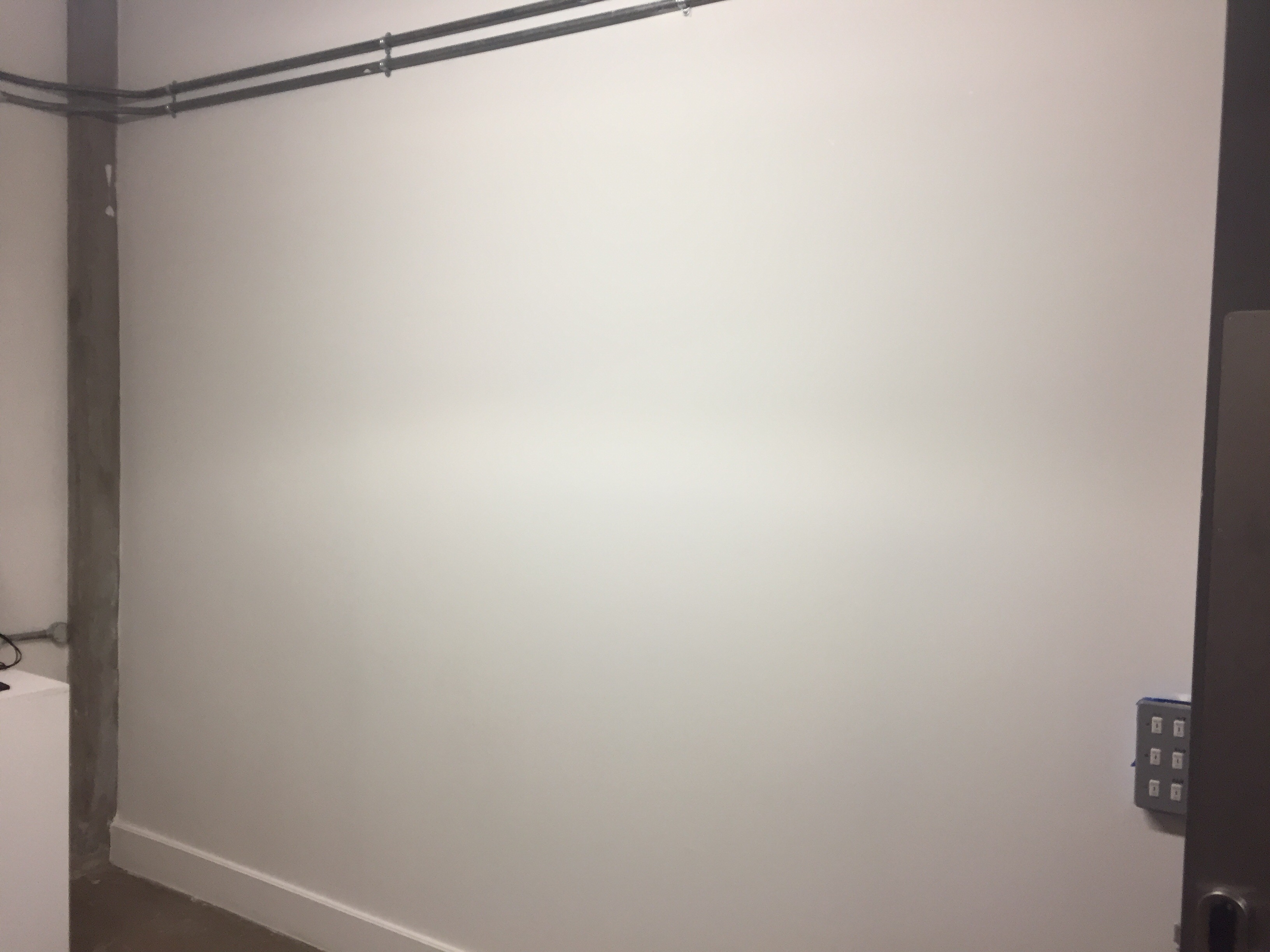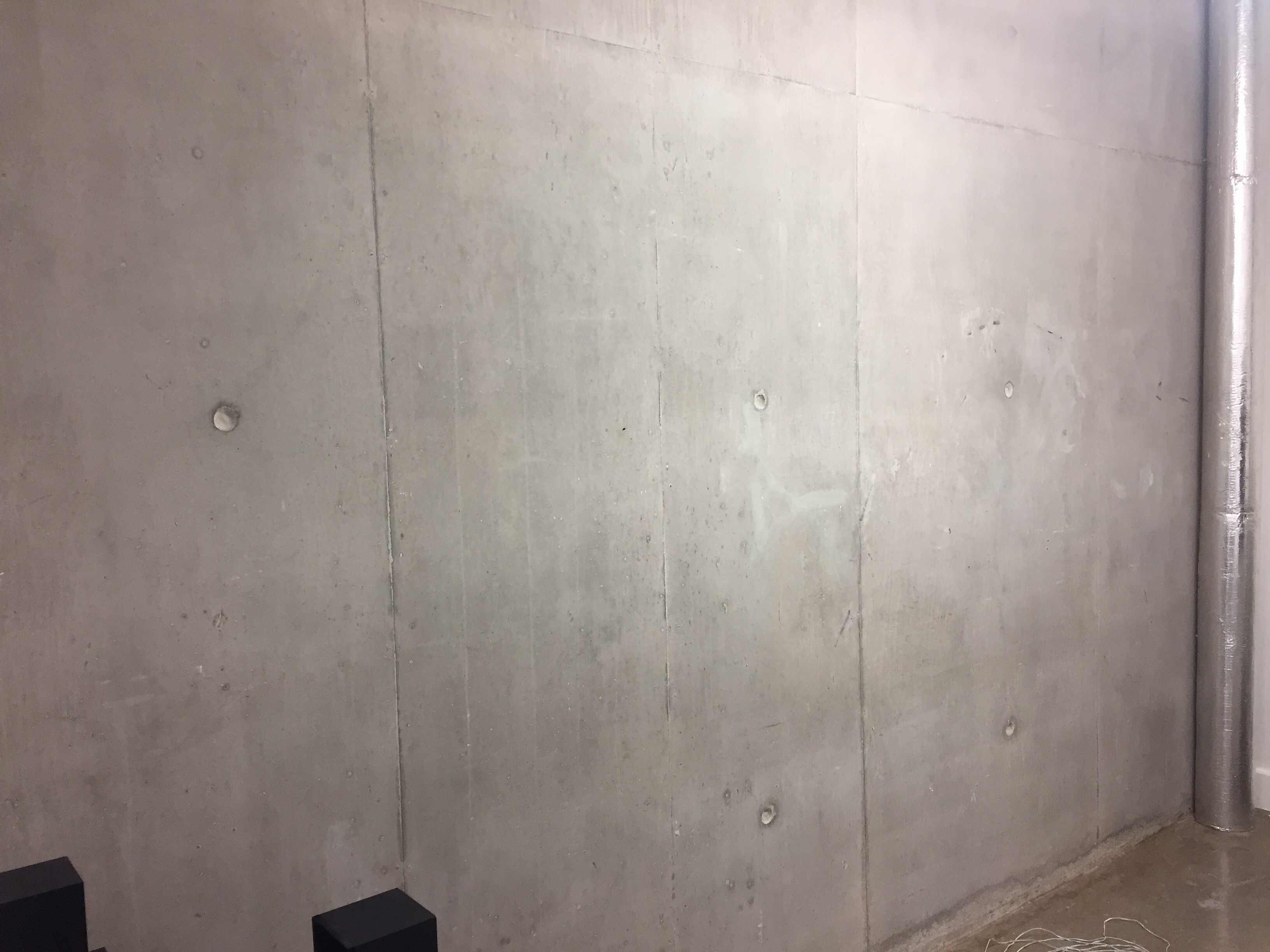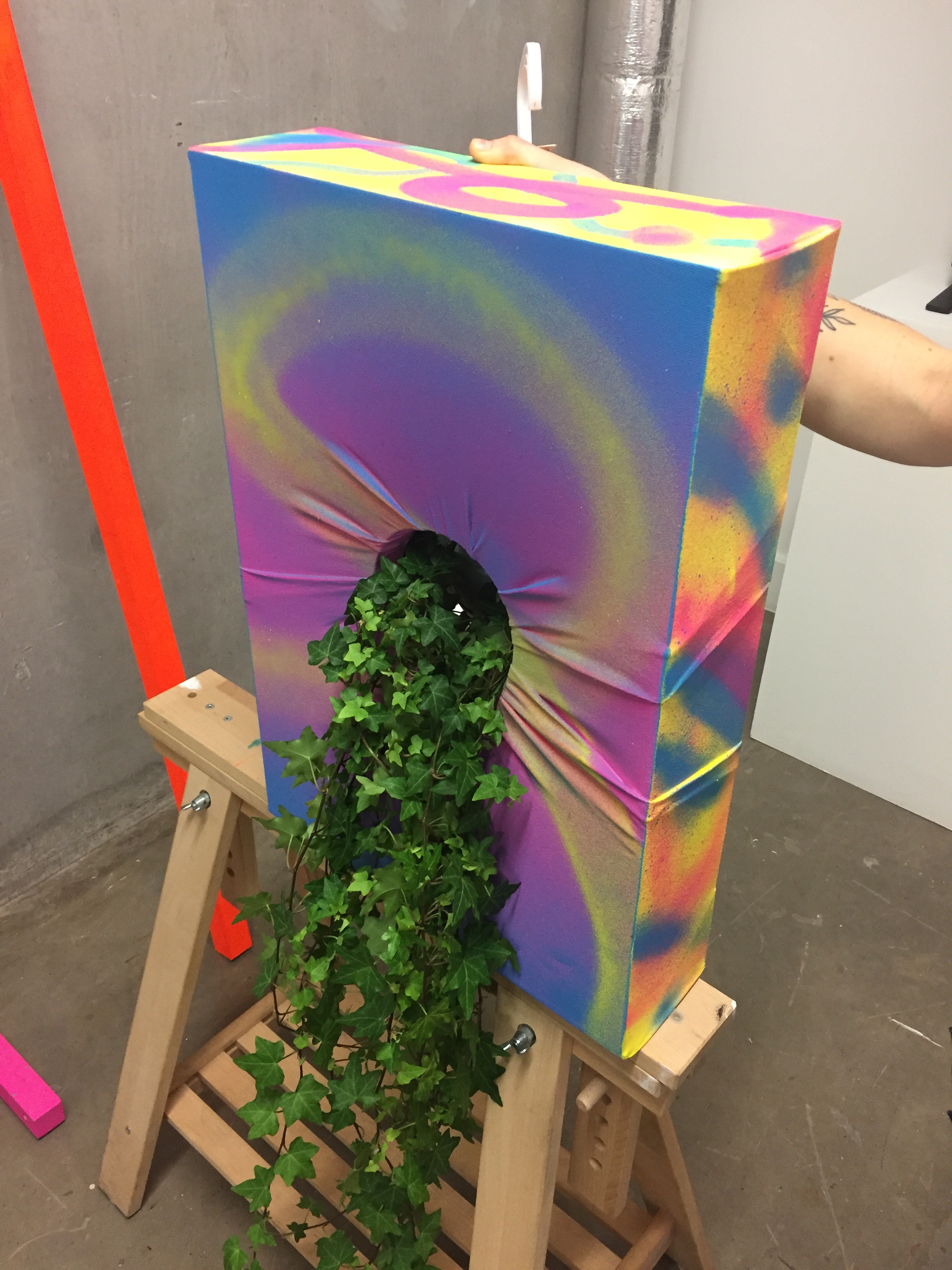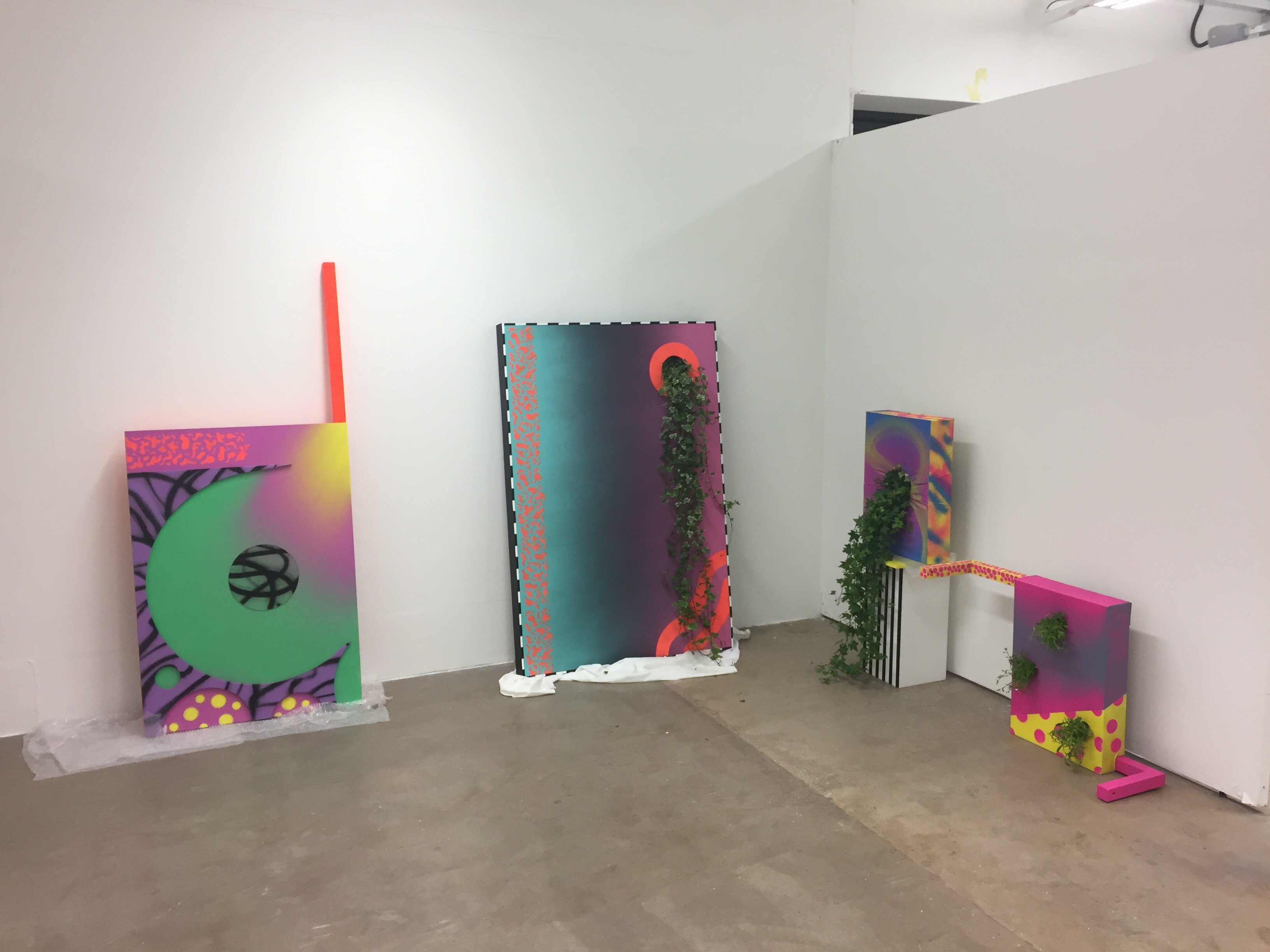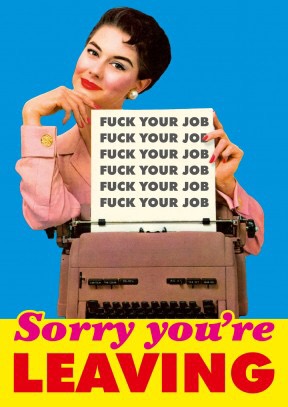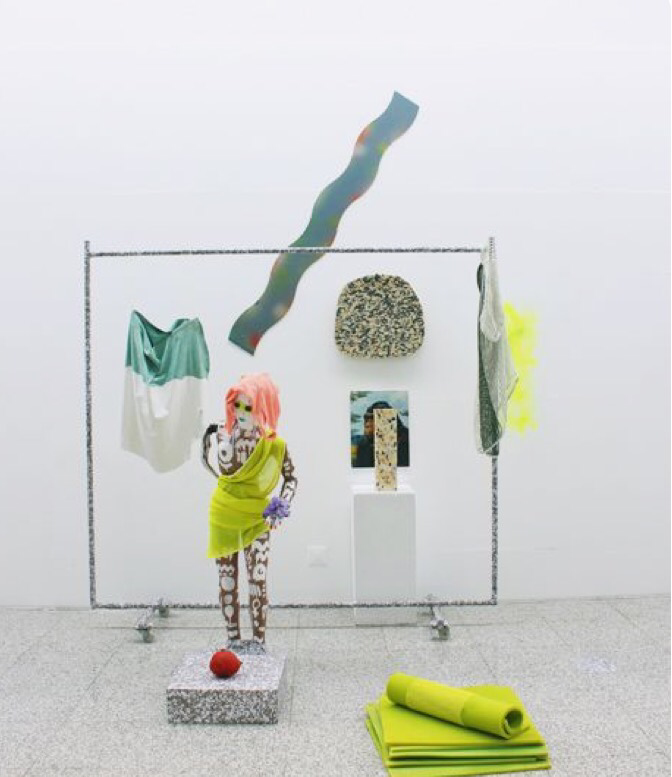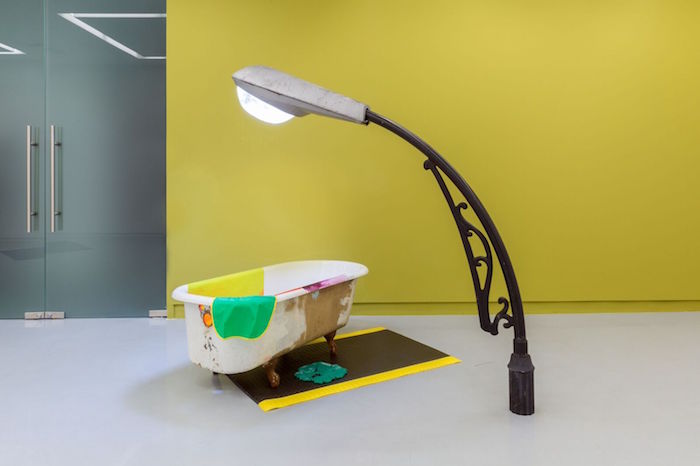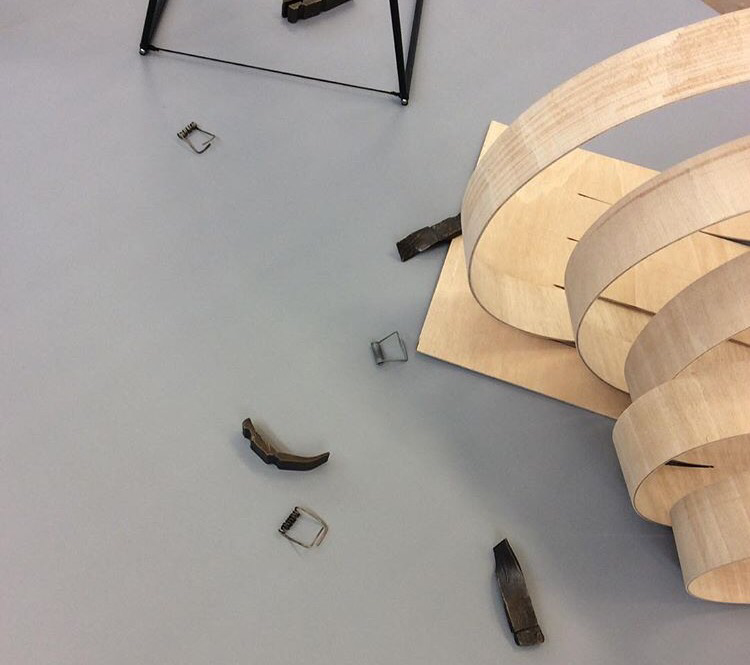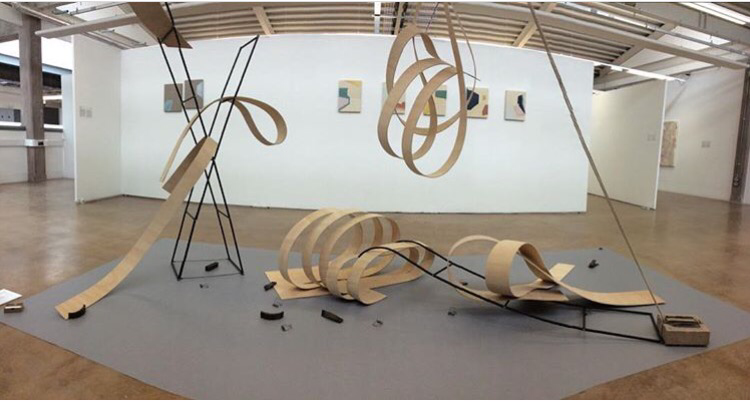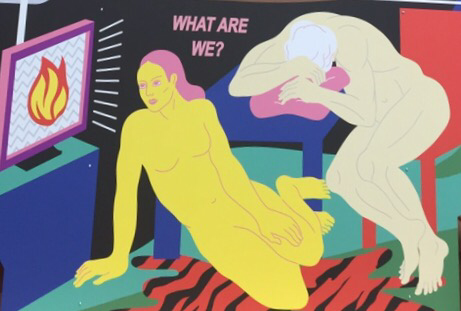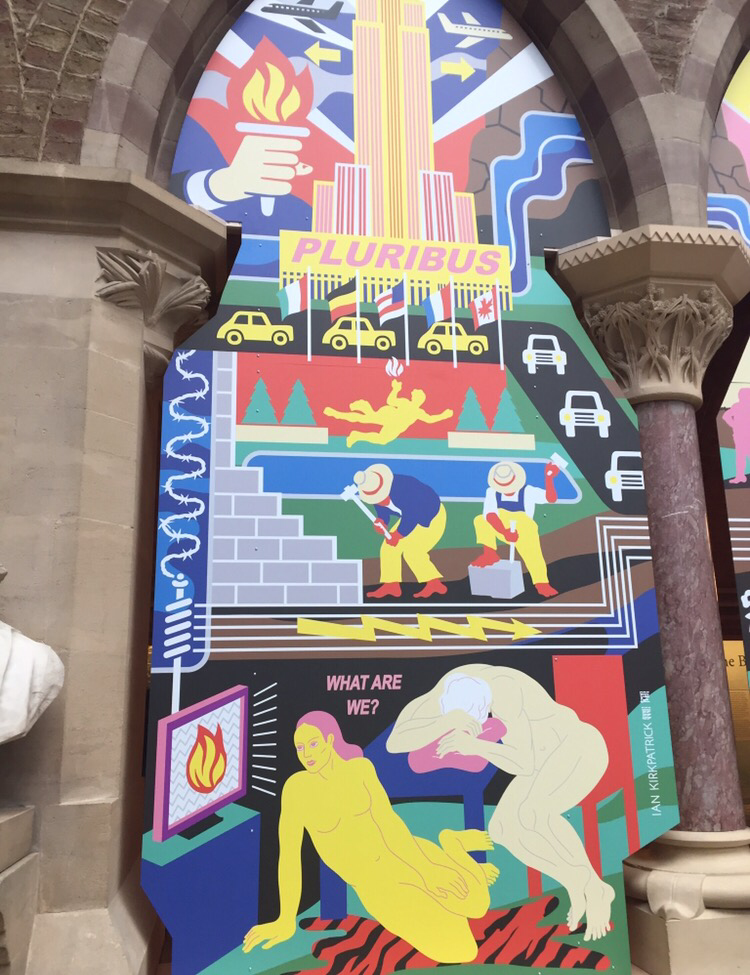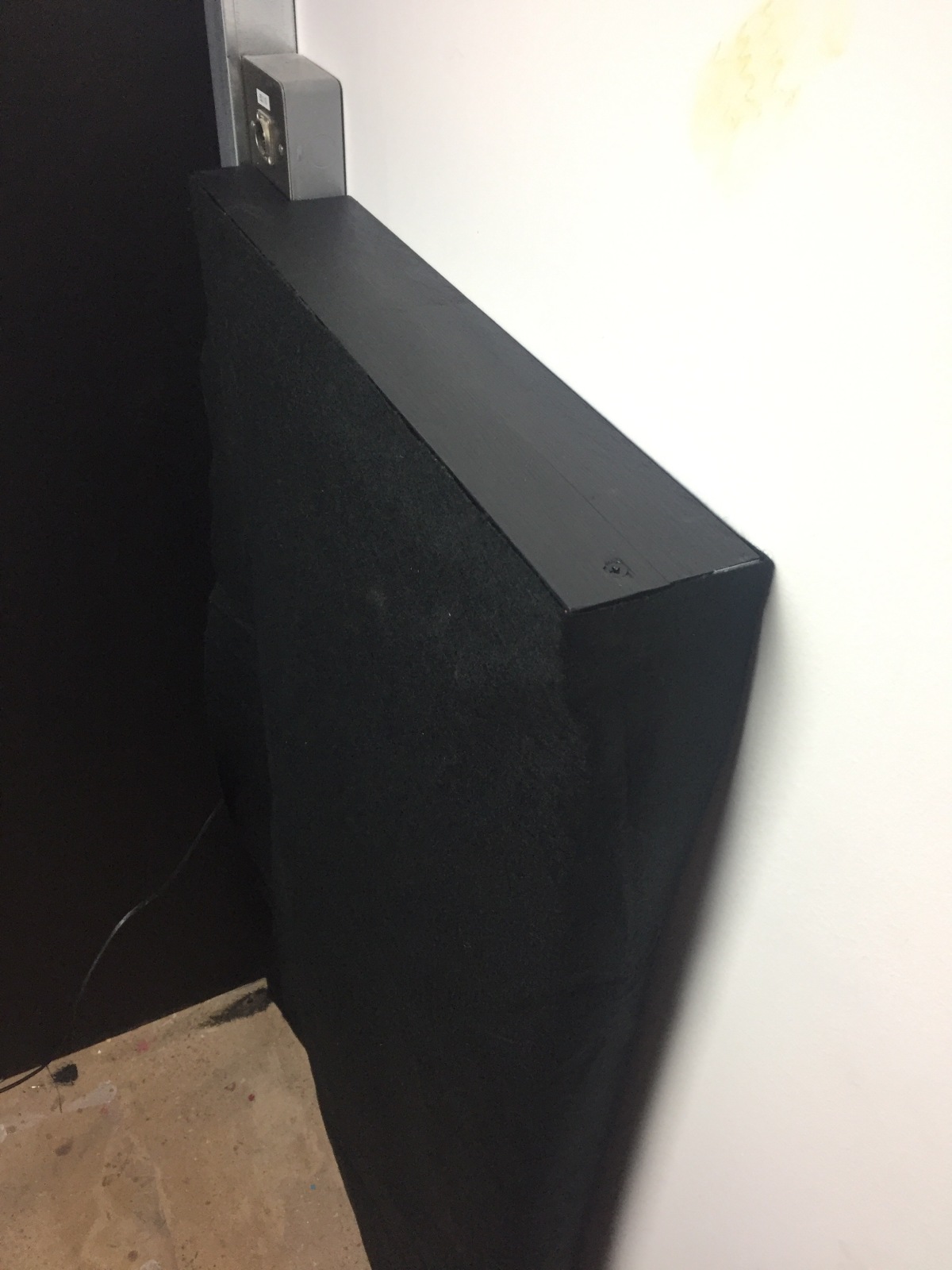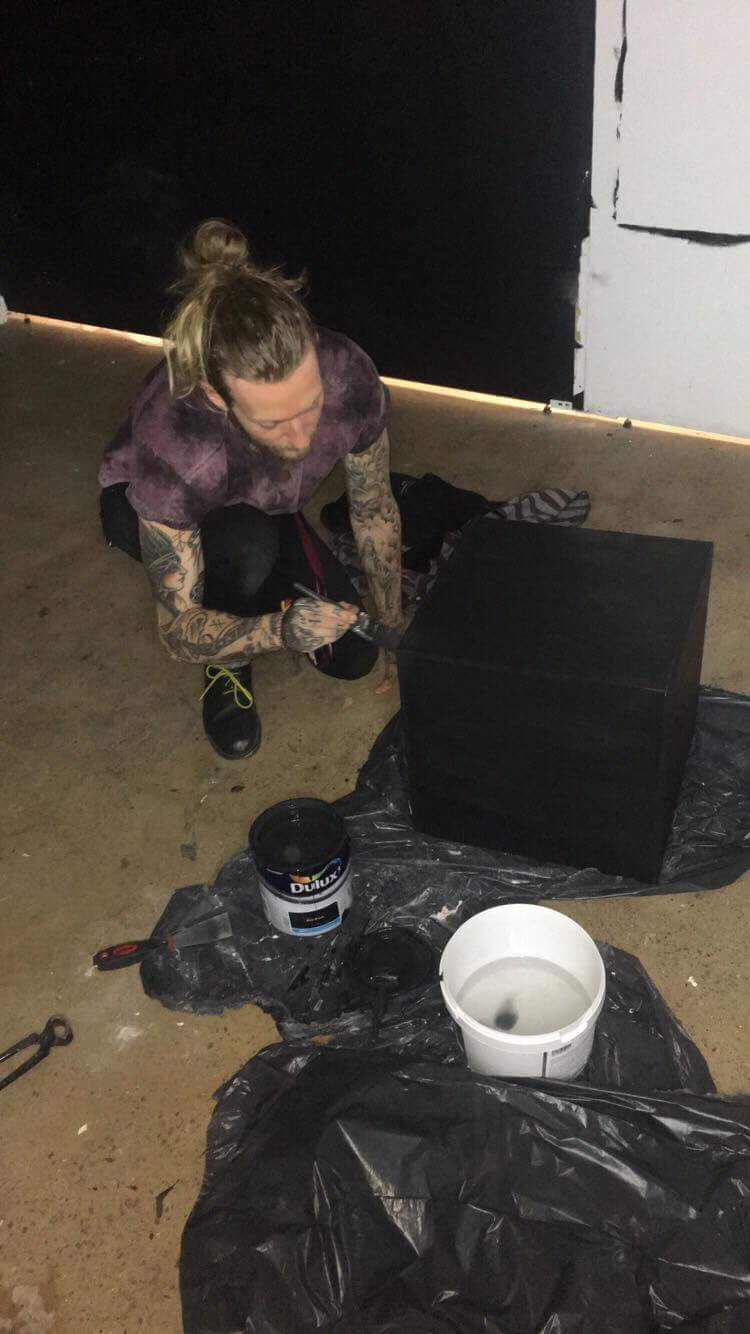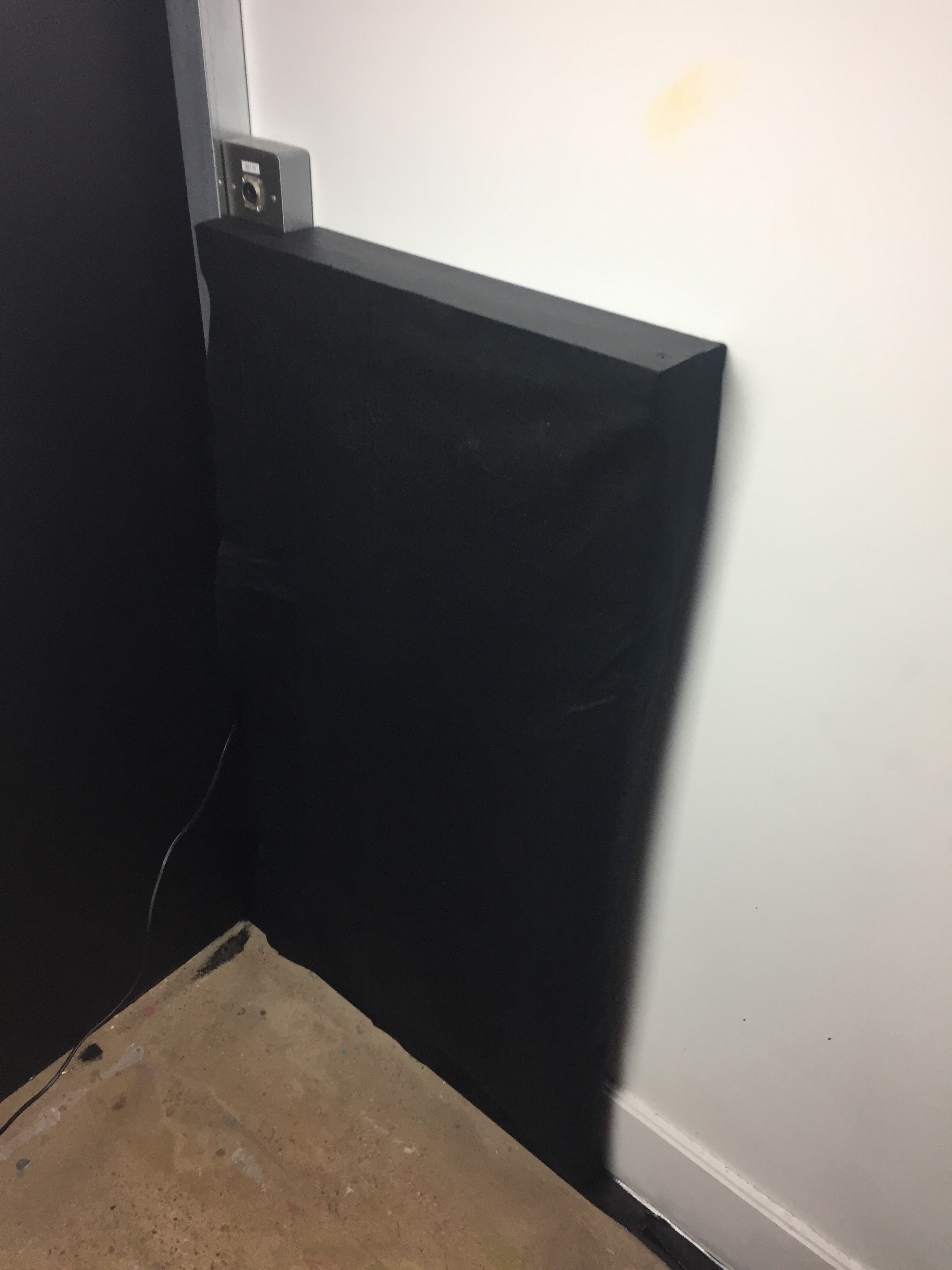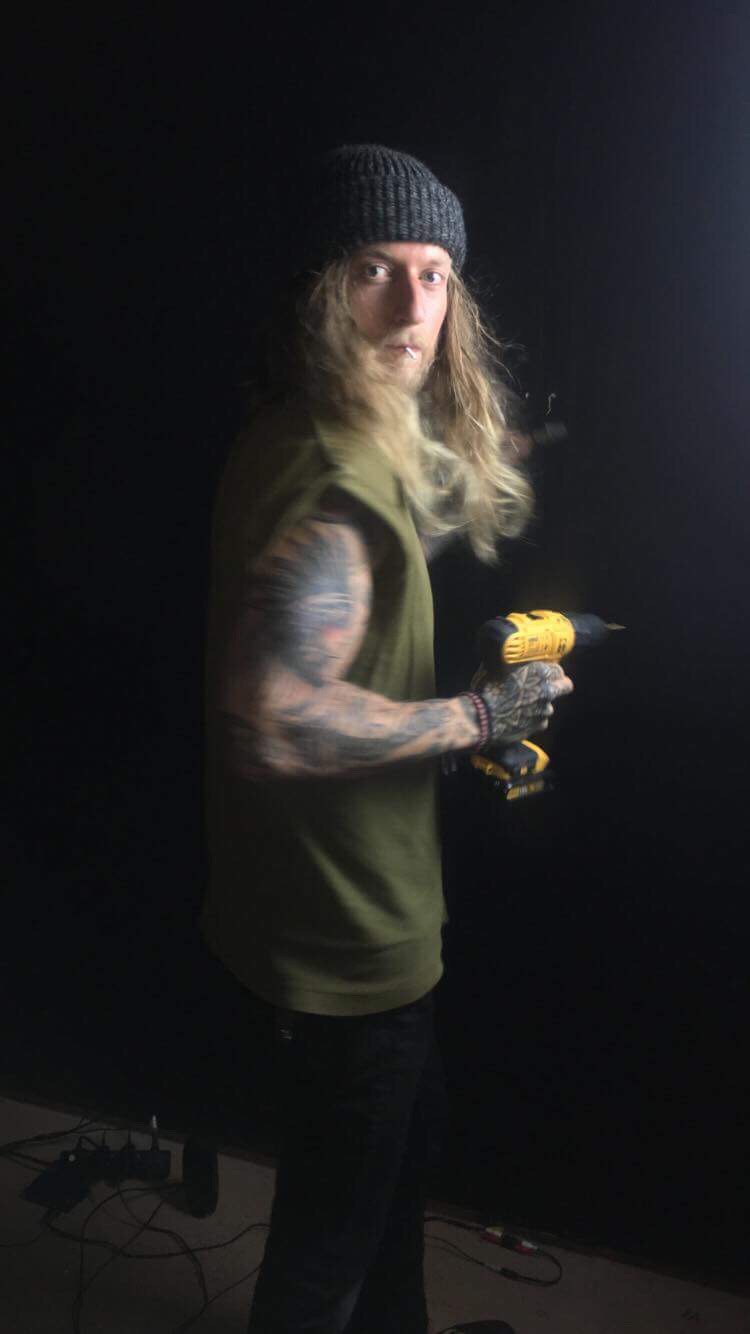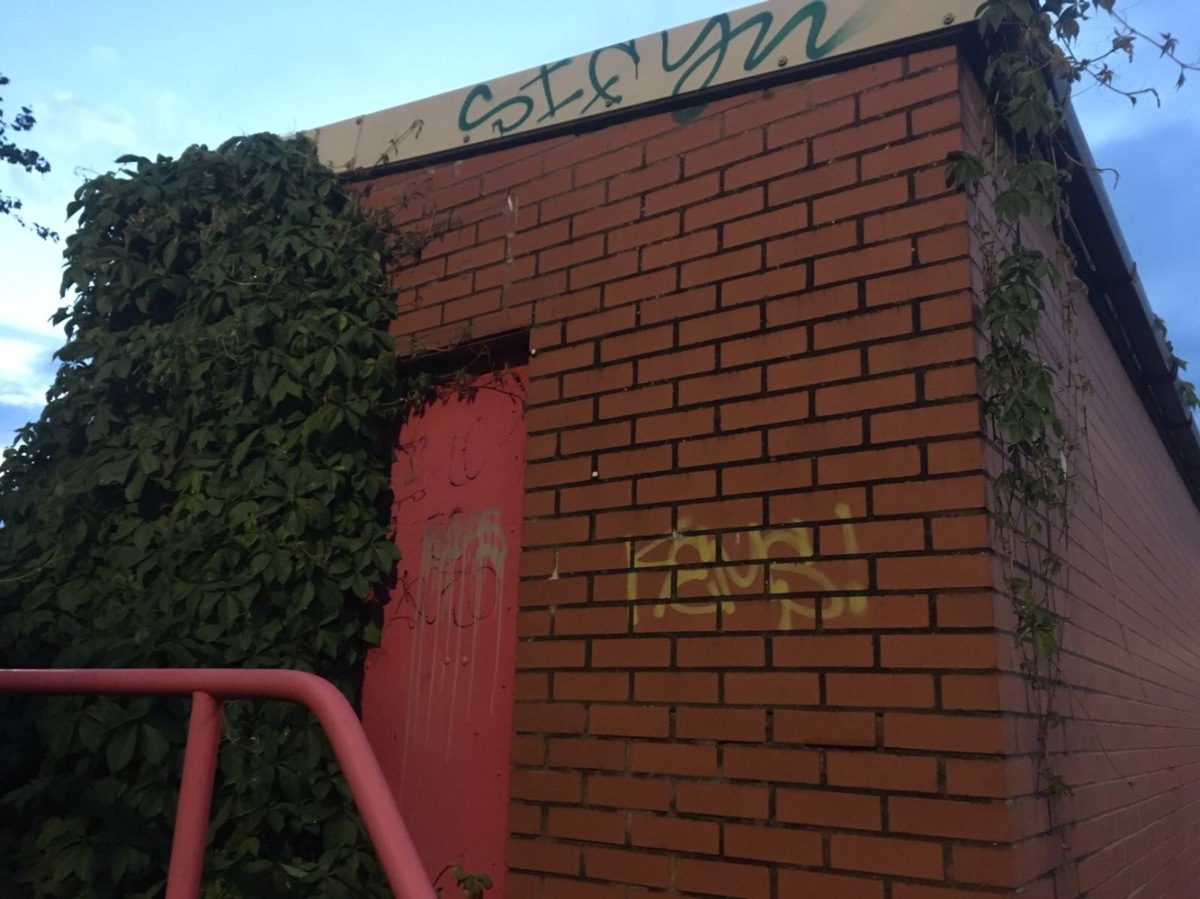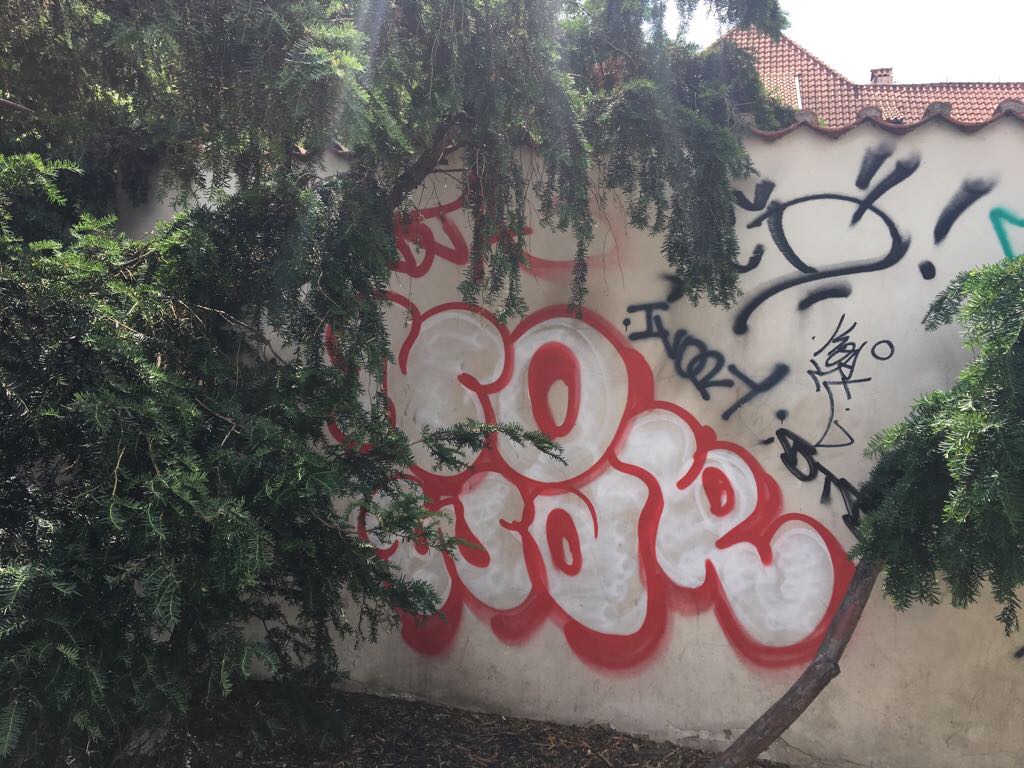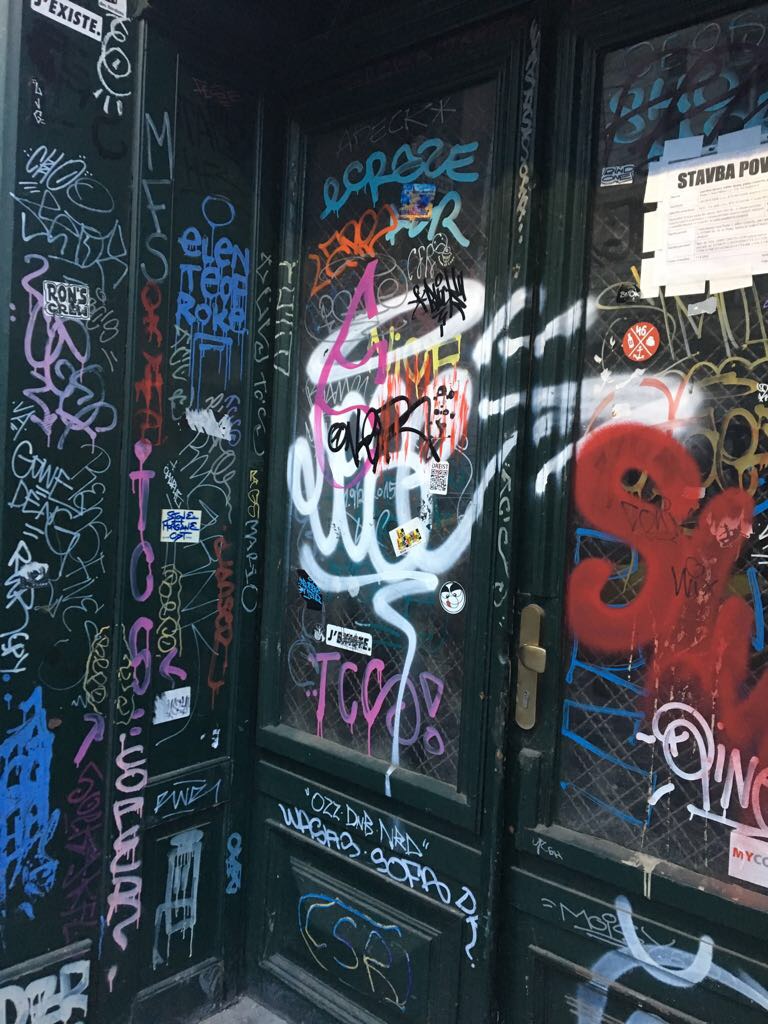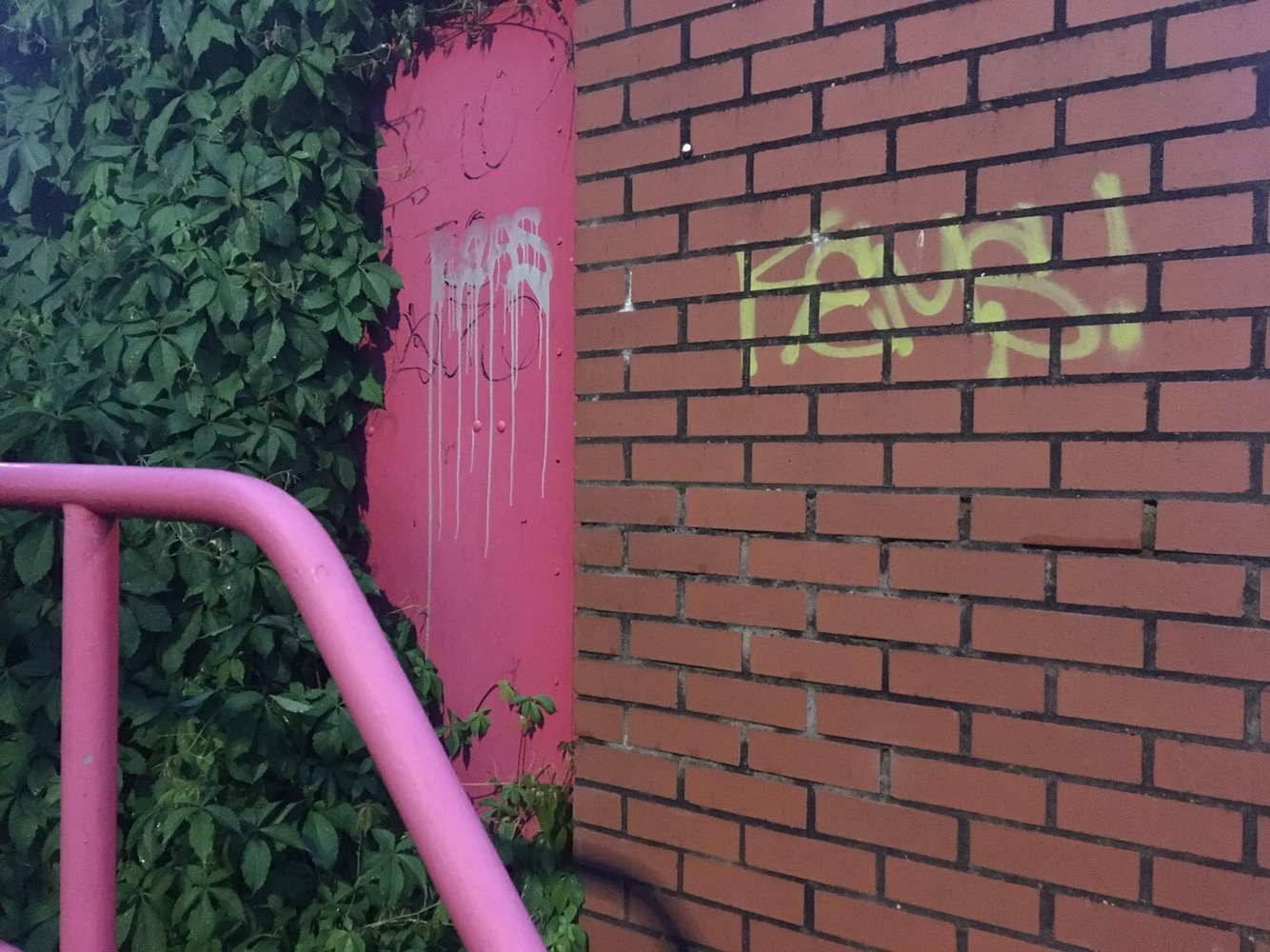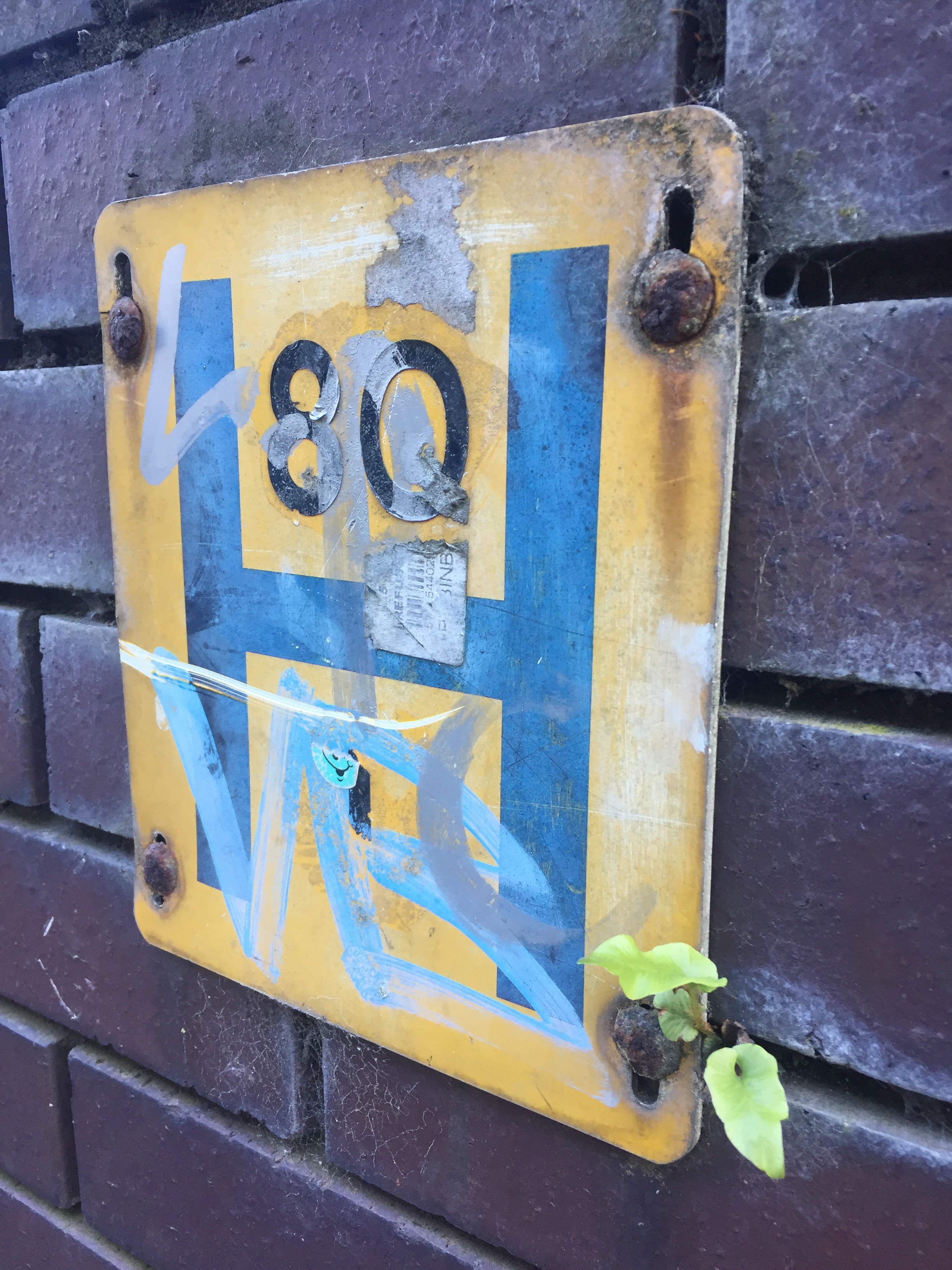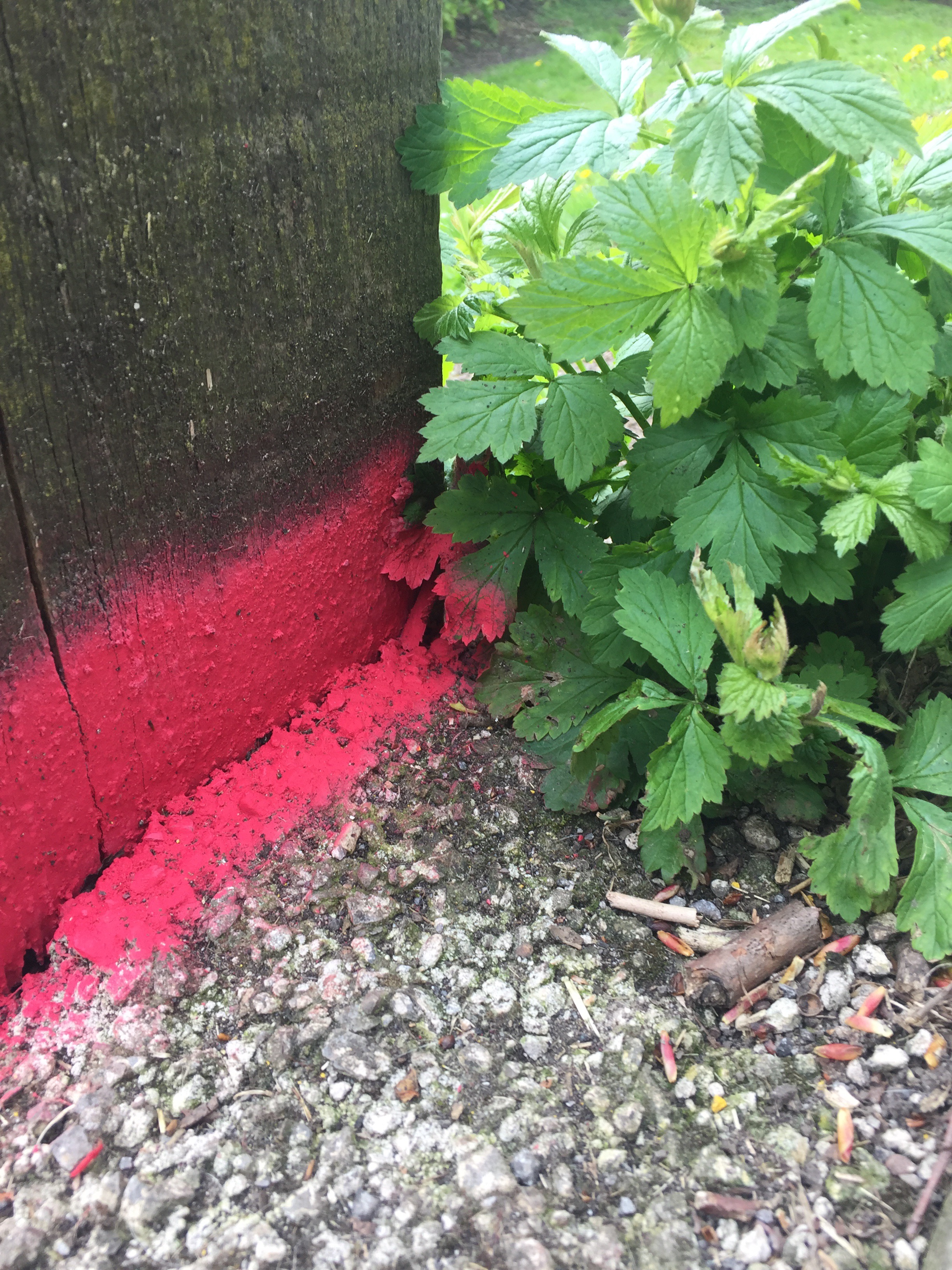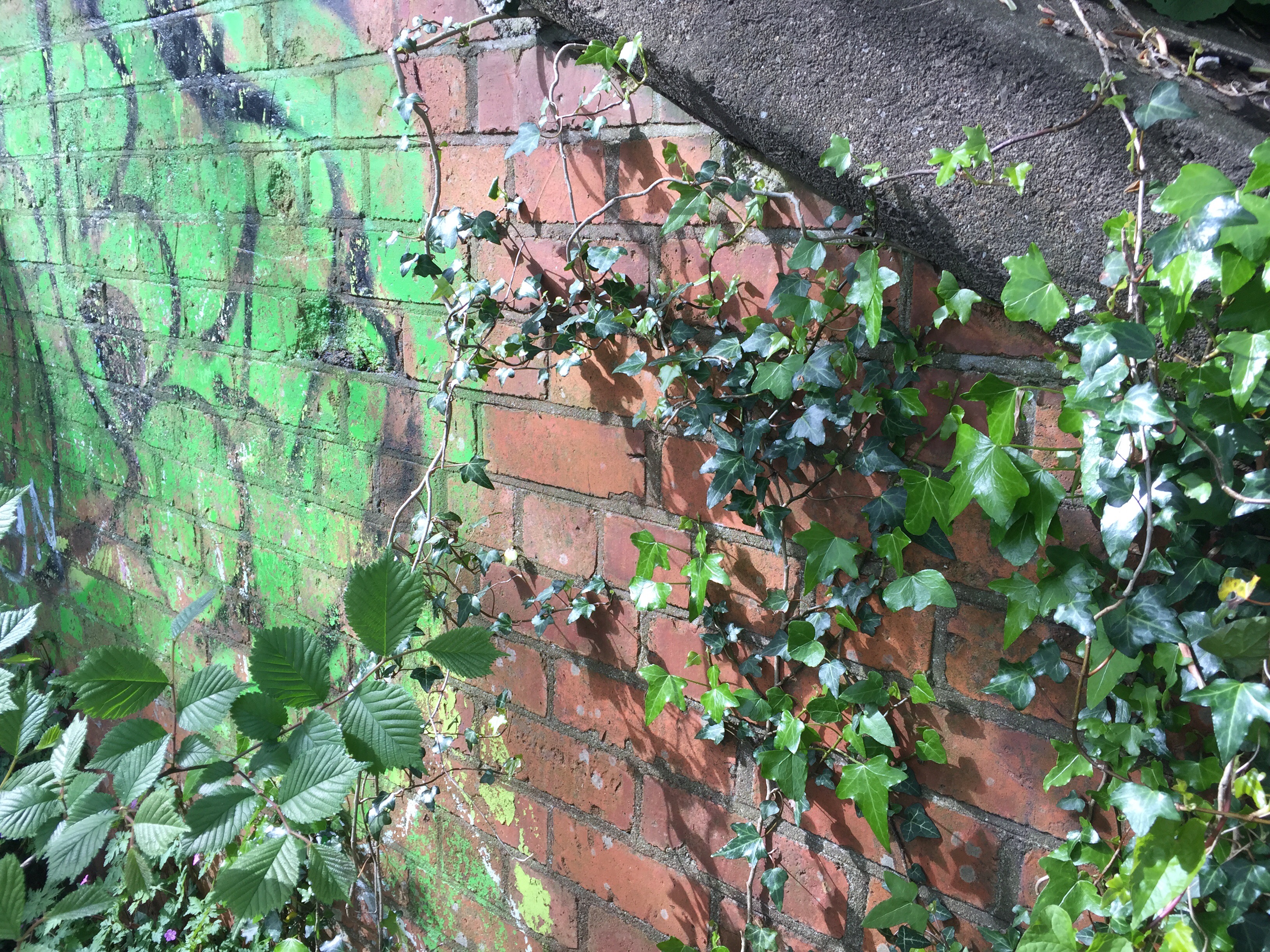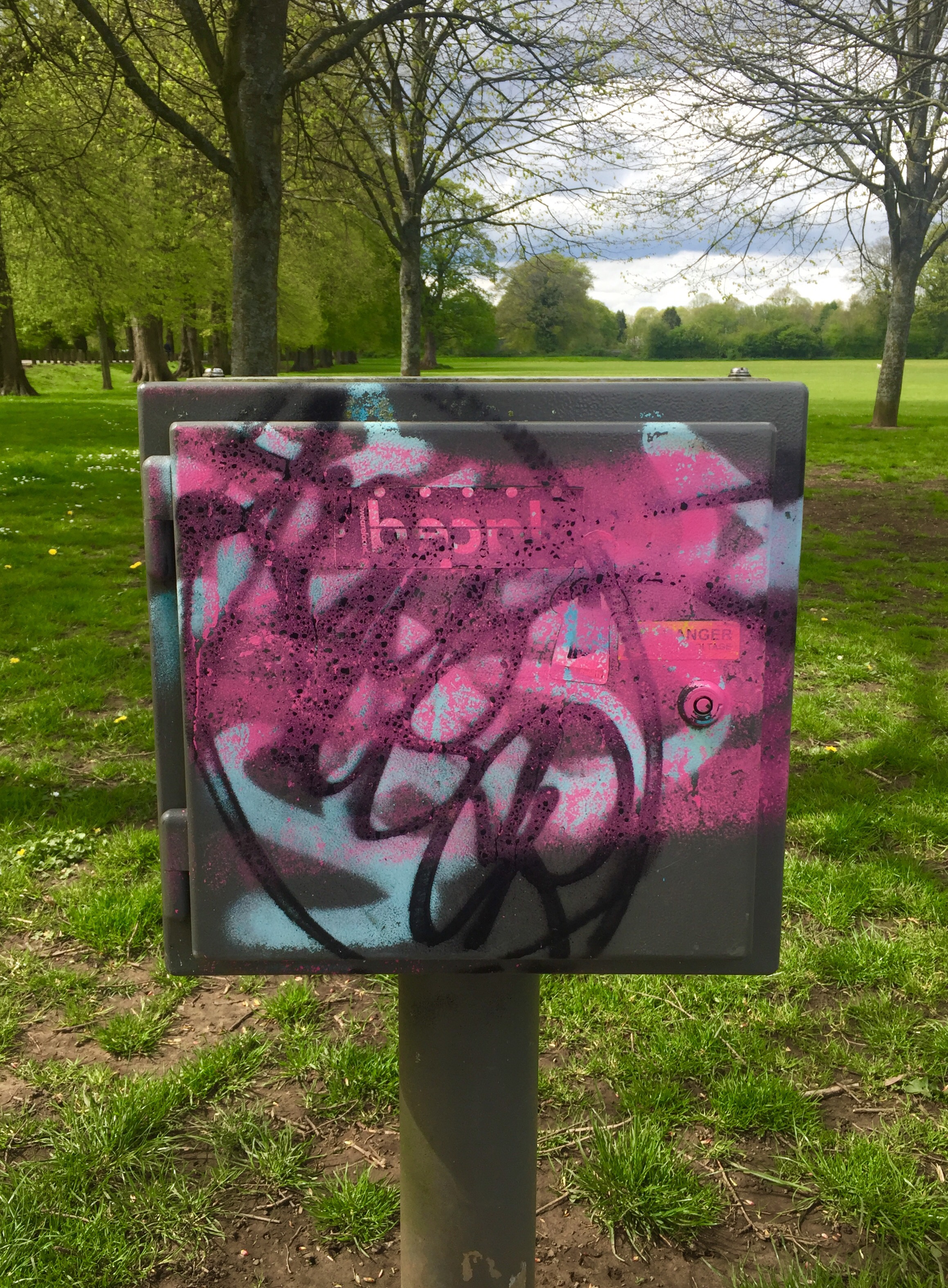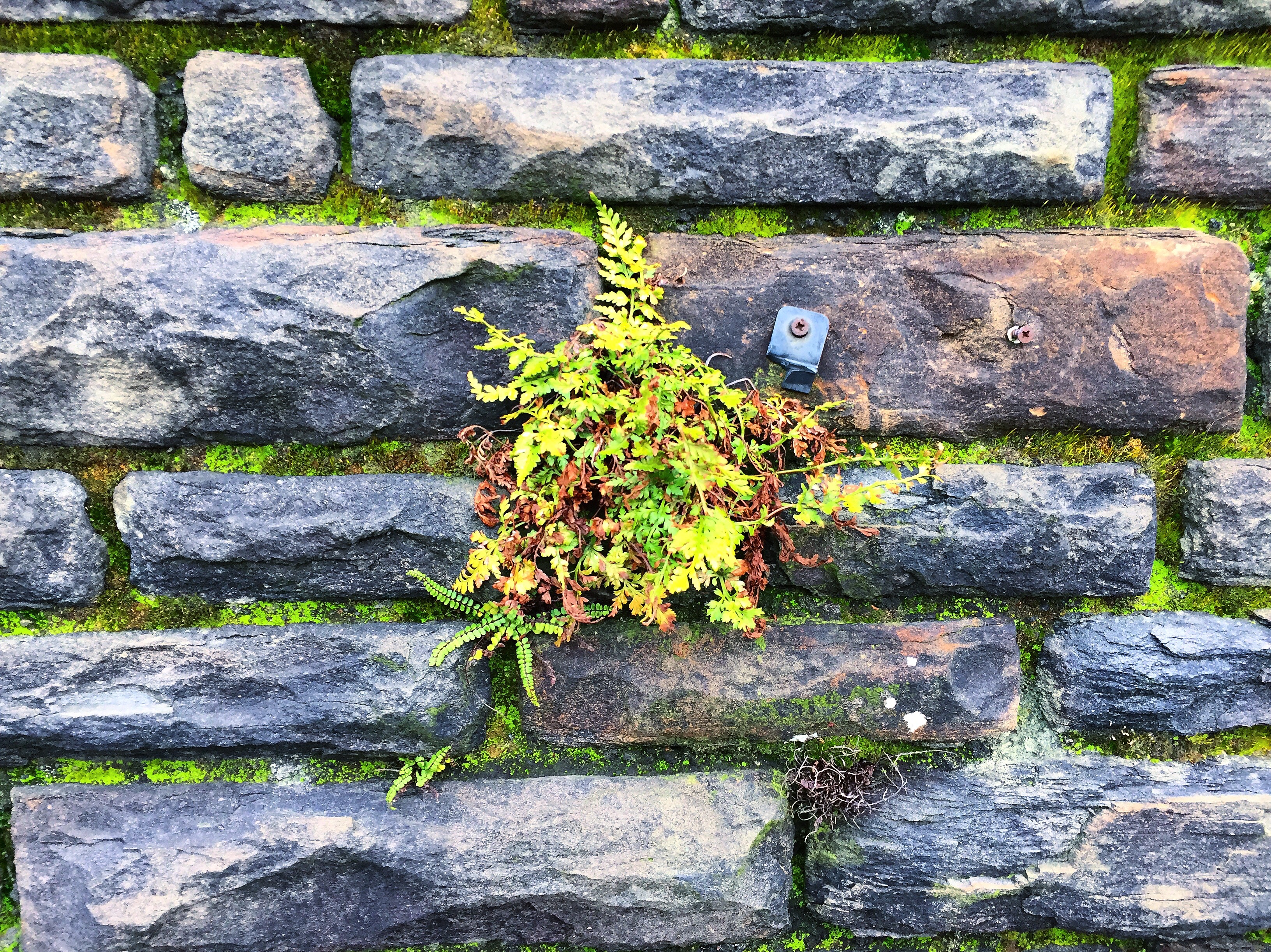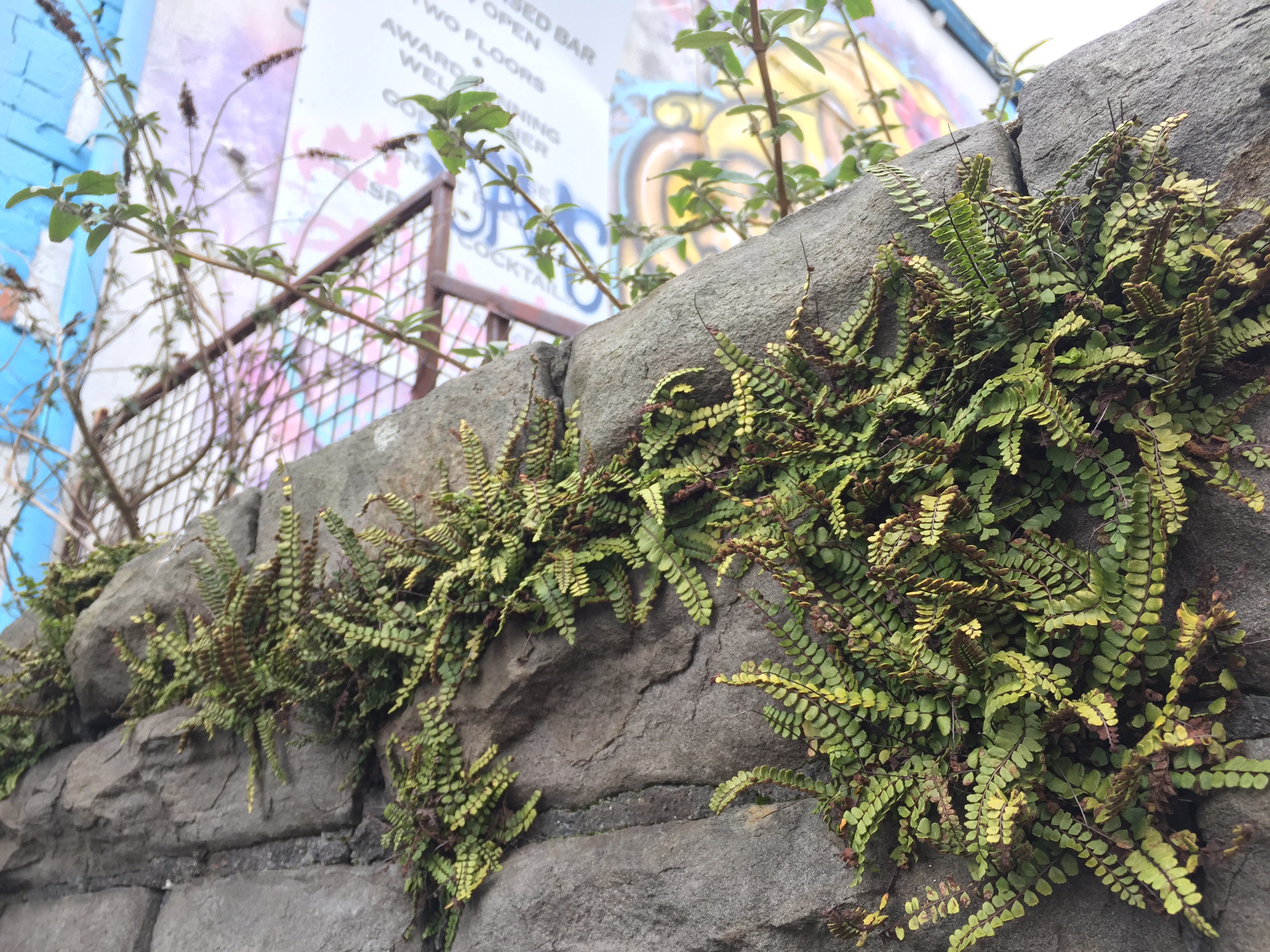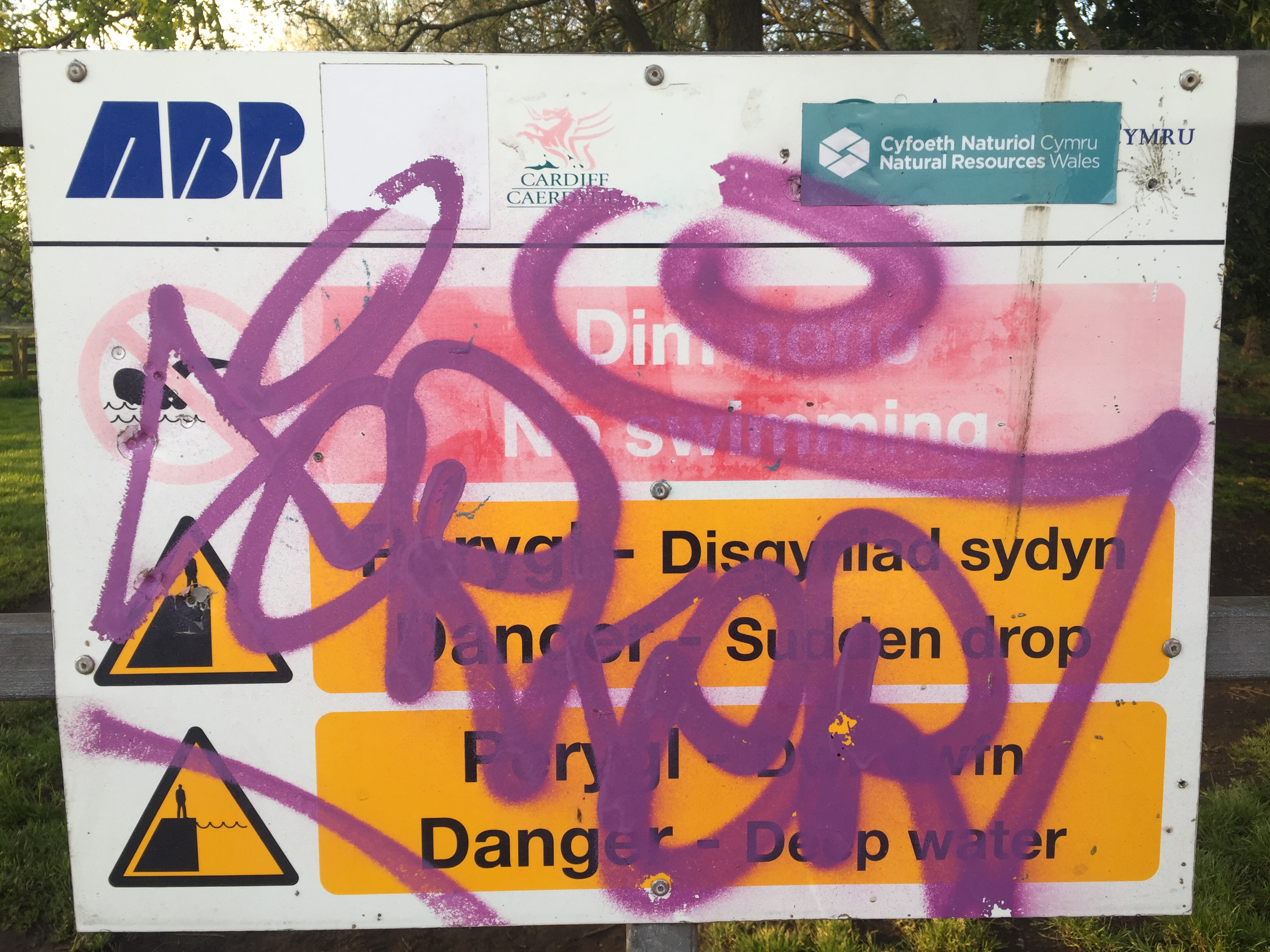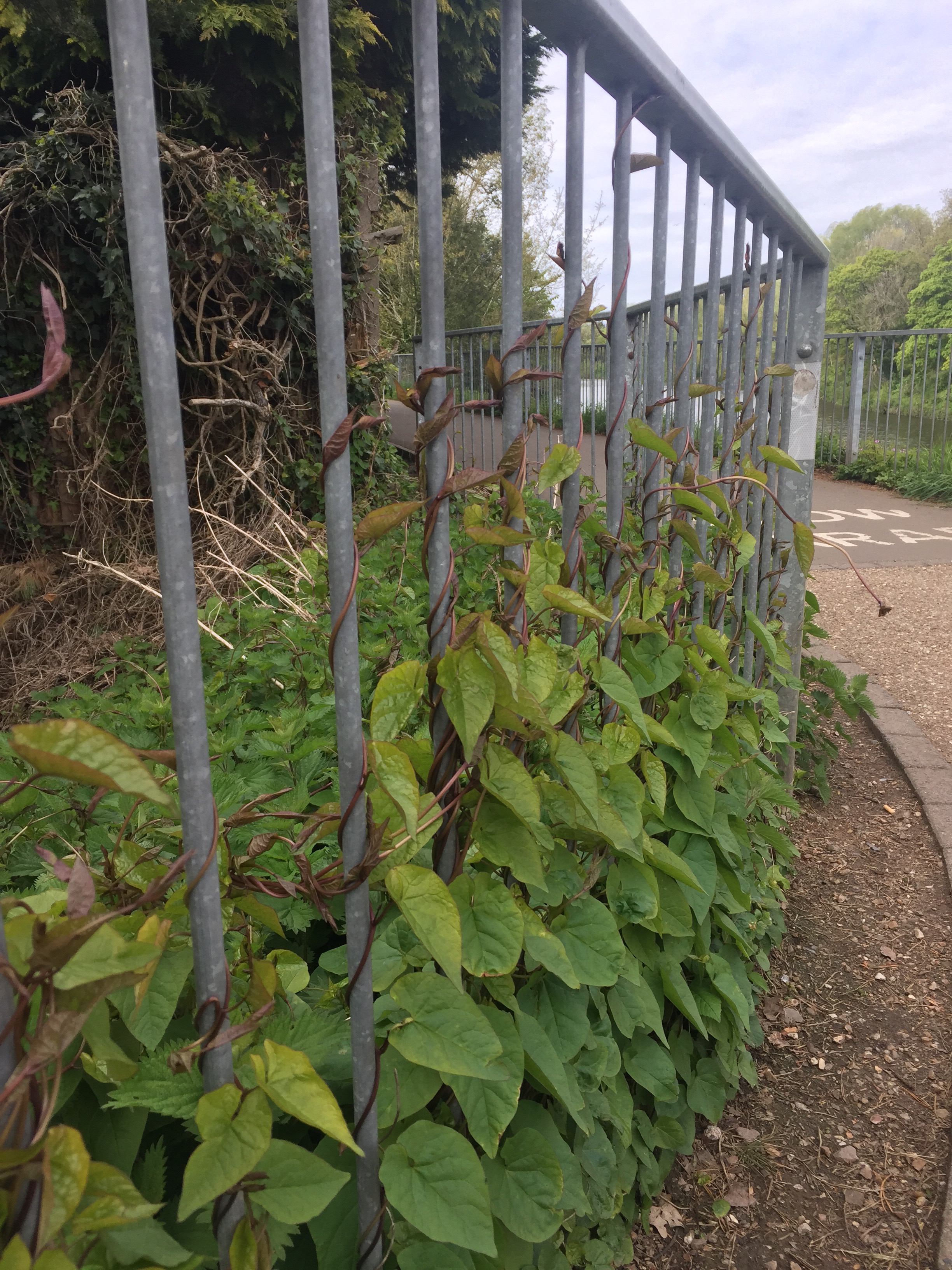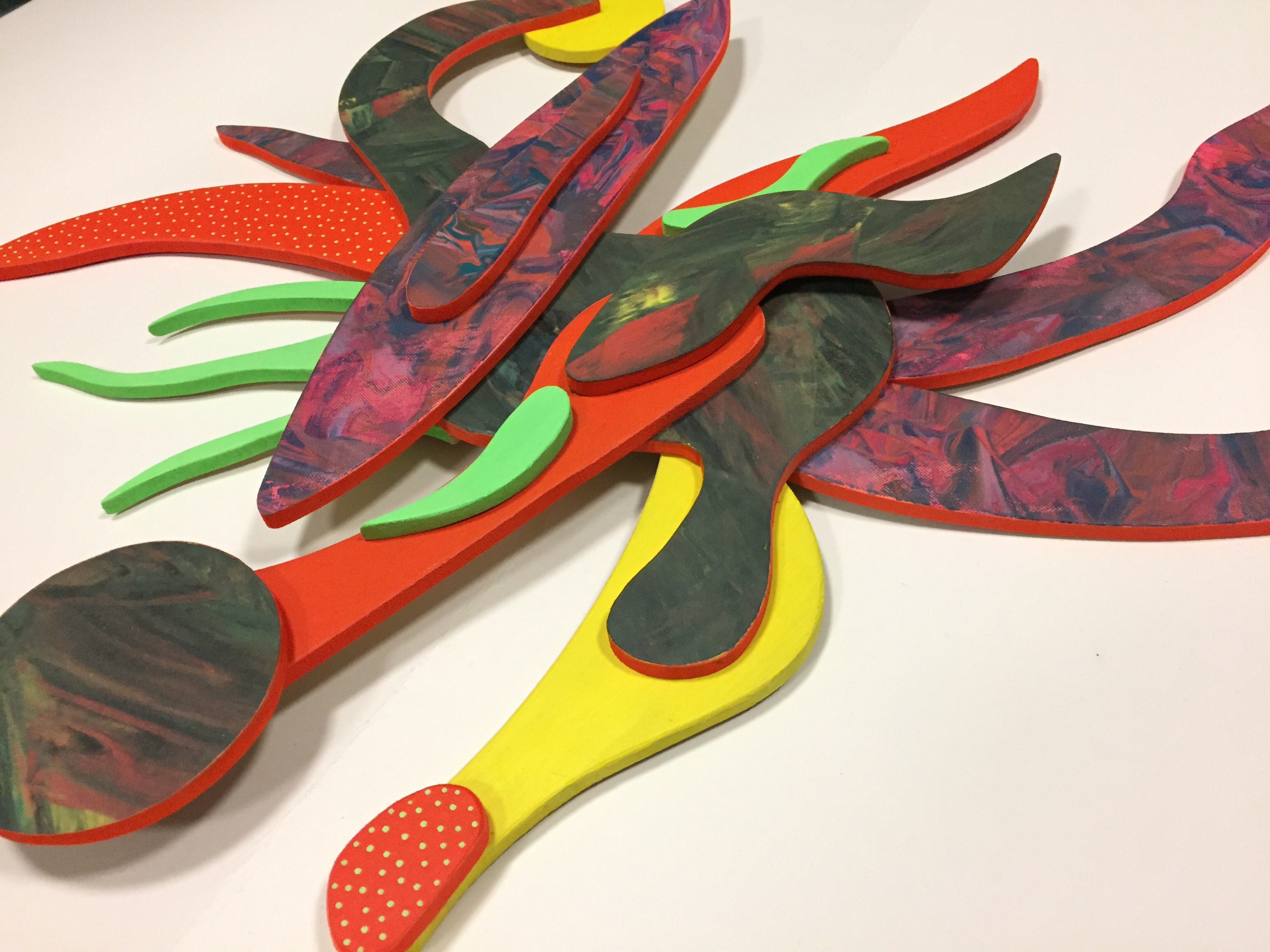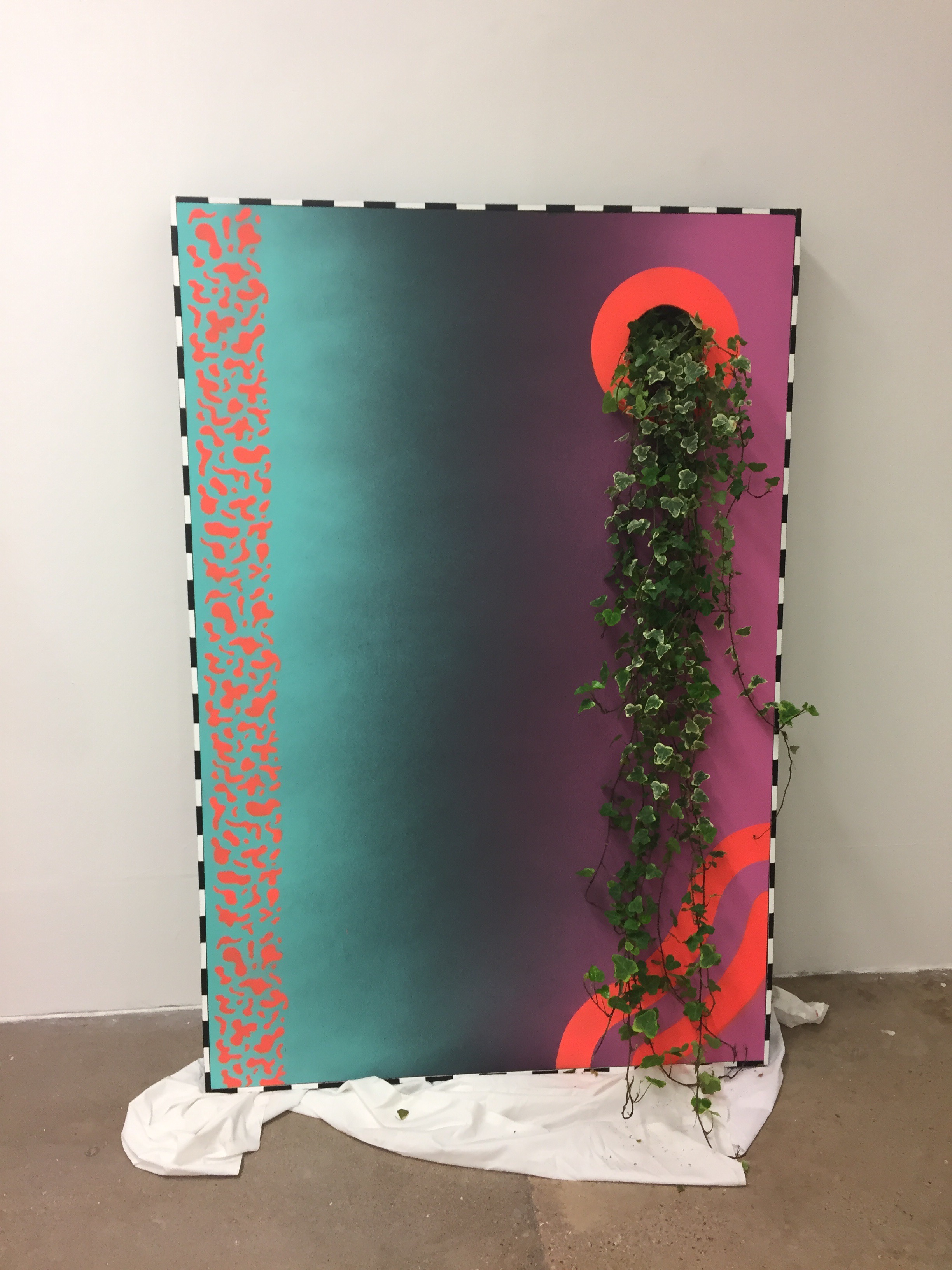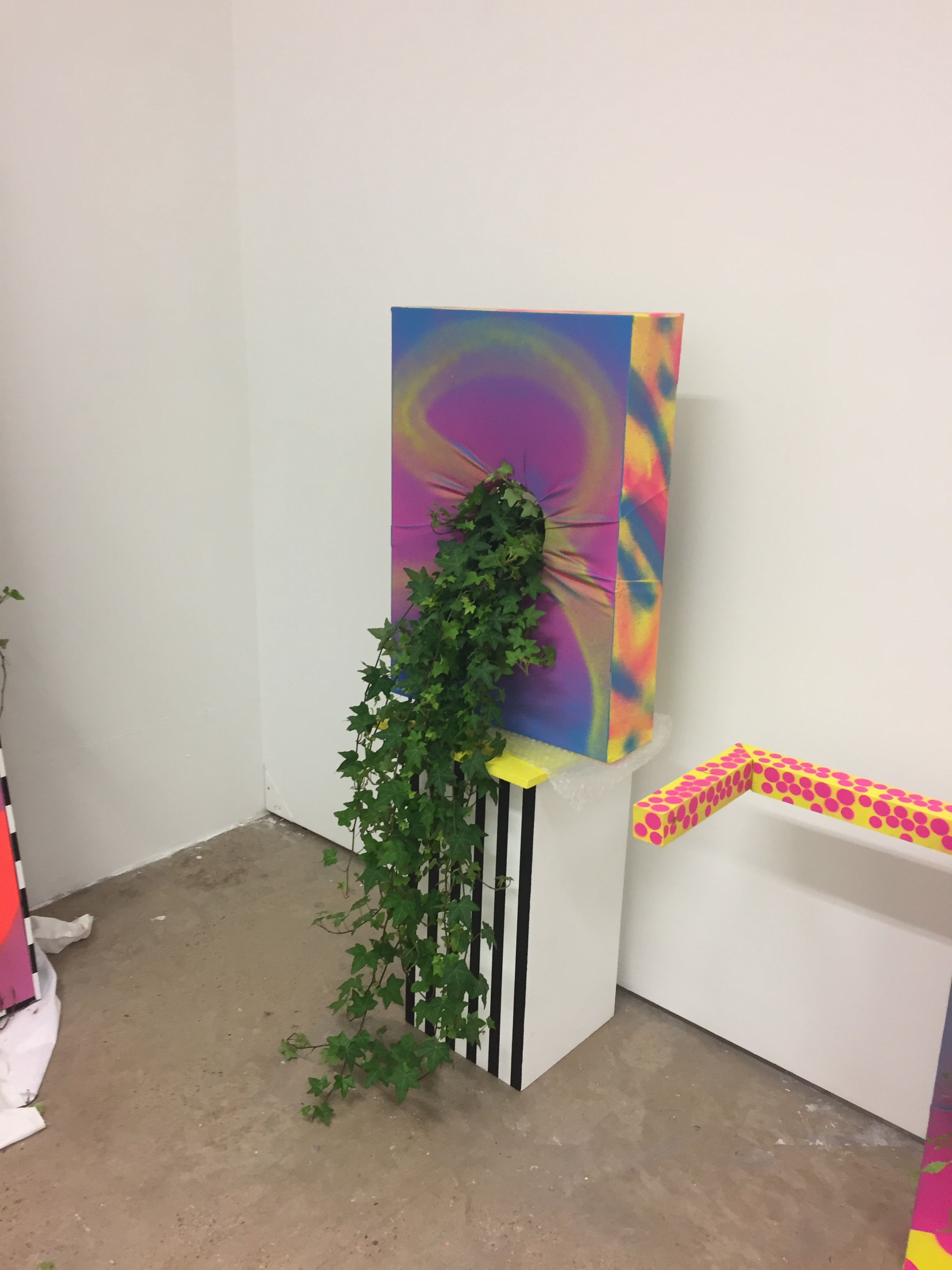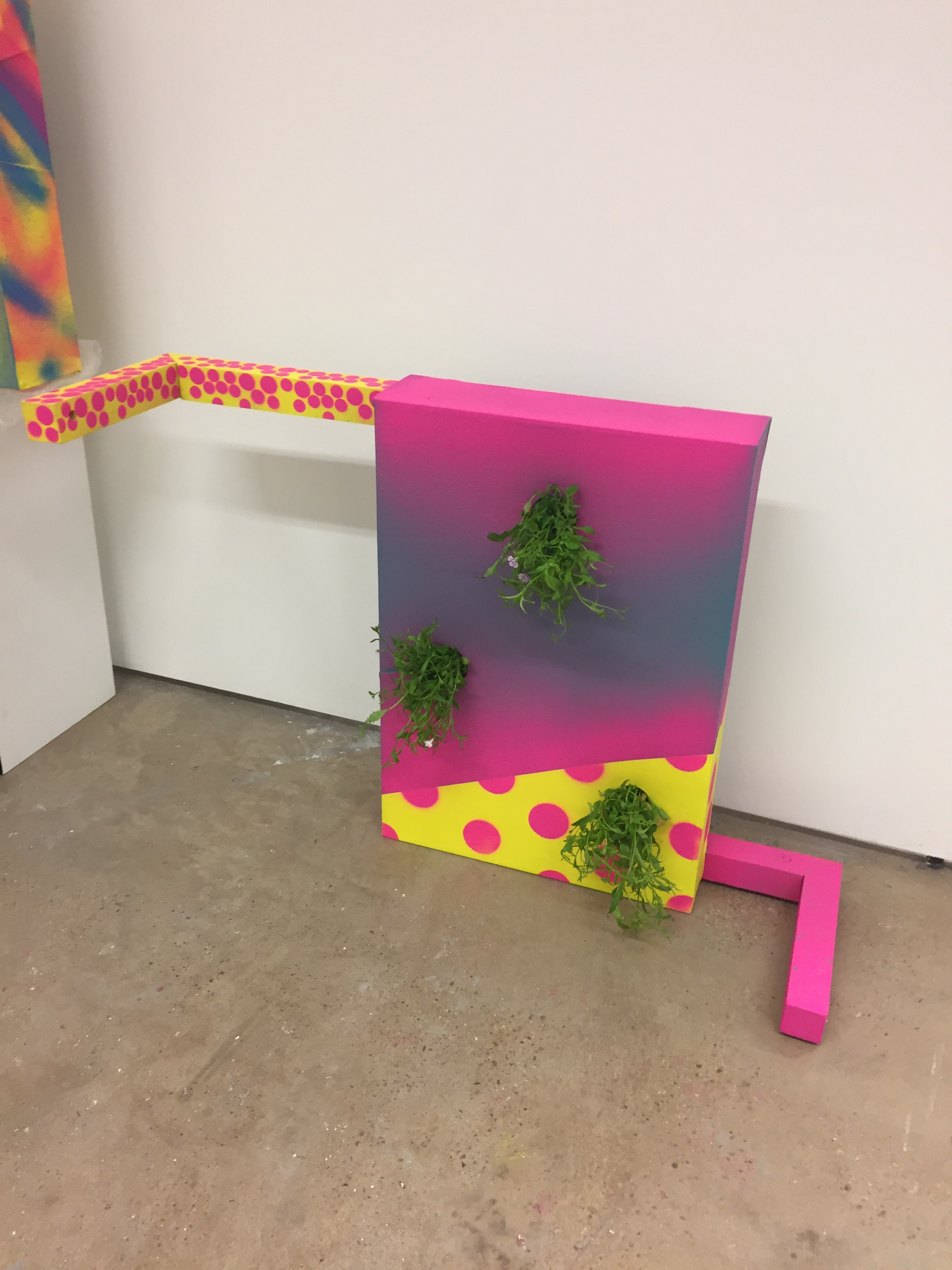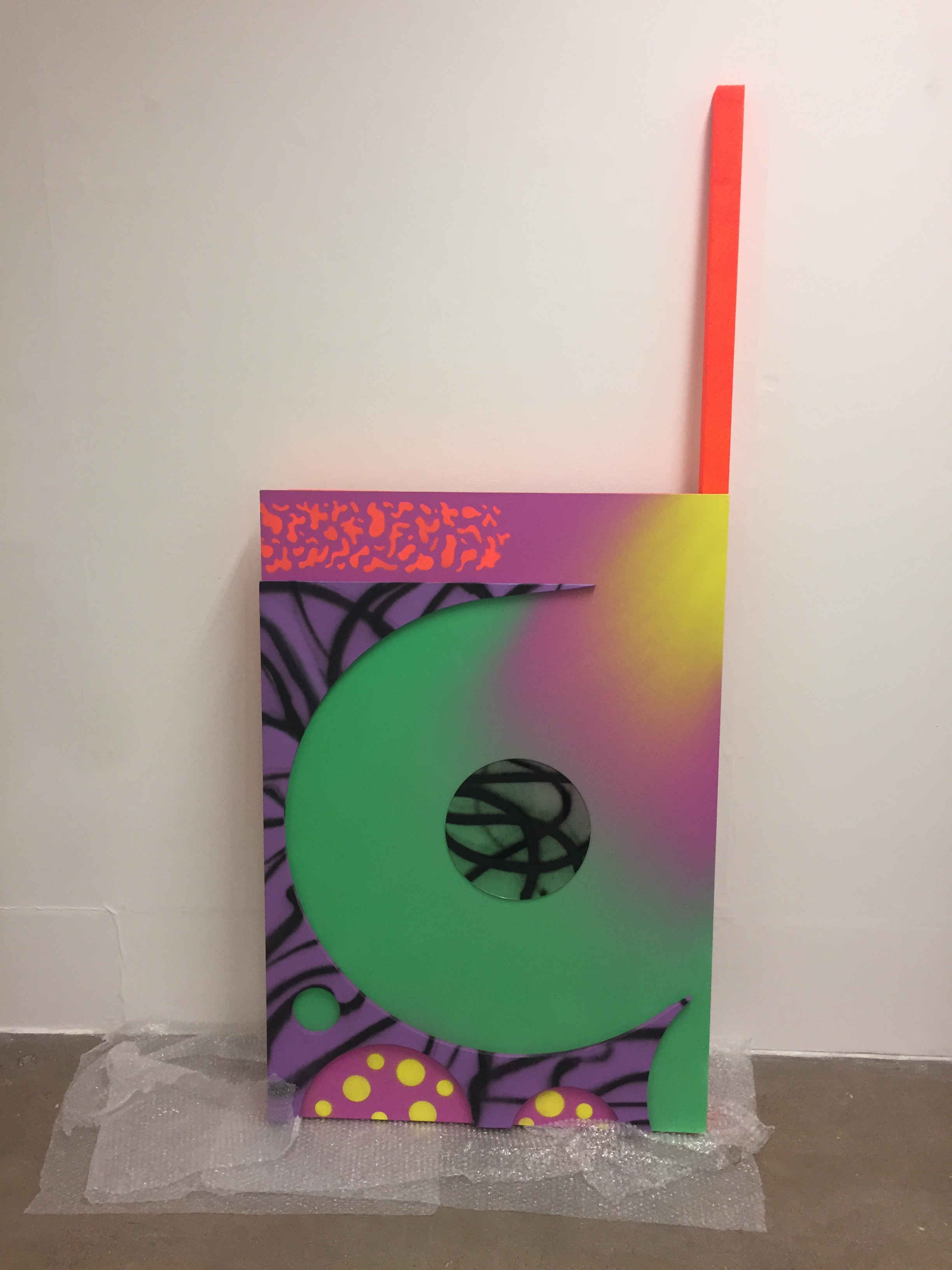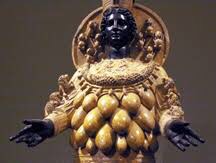As stated with my previous post that contextualises the ideas behind this project, it was my intention to amalgamate this idea of graffiti culture, natural objects such as plants and fine art practice. This led me to attempt to create a sculptural canvas that would allow my idea to come to fruition.
I had consulted tec dem Laura with regards the technicalities in creating such a piece as I would need to stretch the canvas through a circular void with the canvases frame.

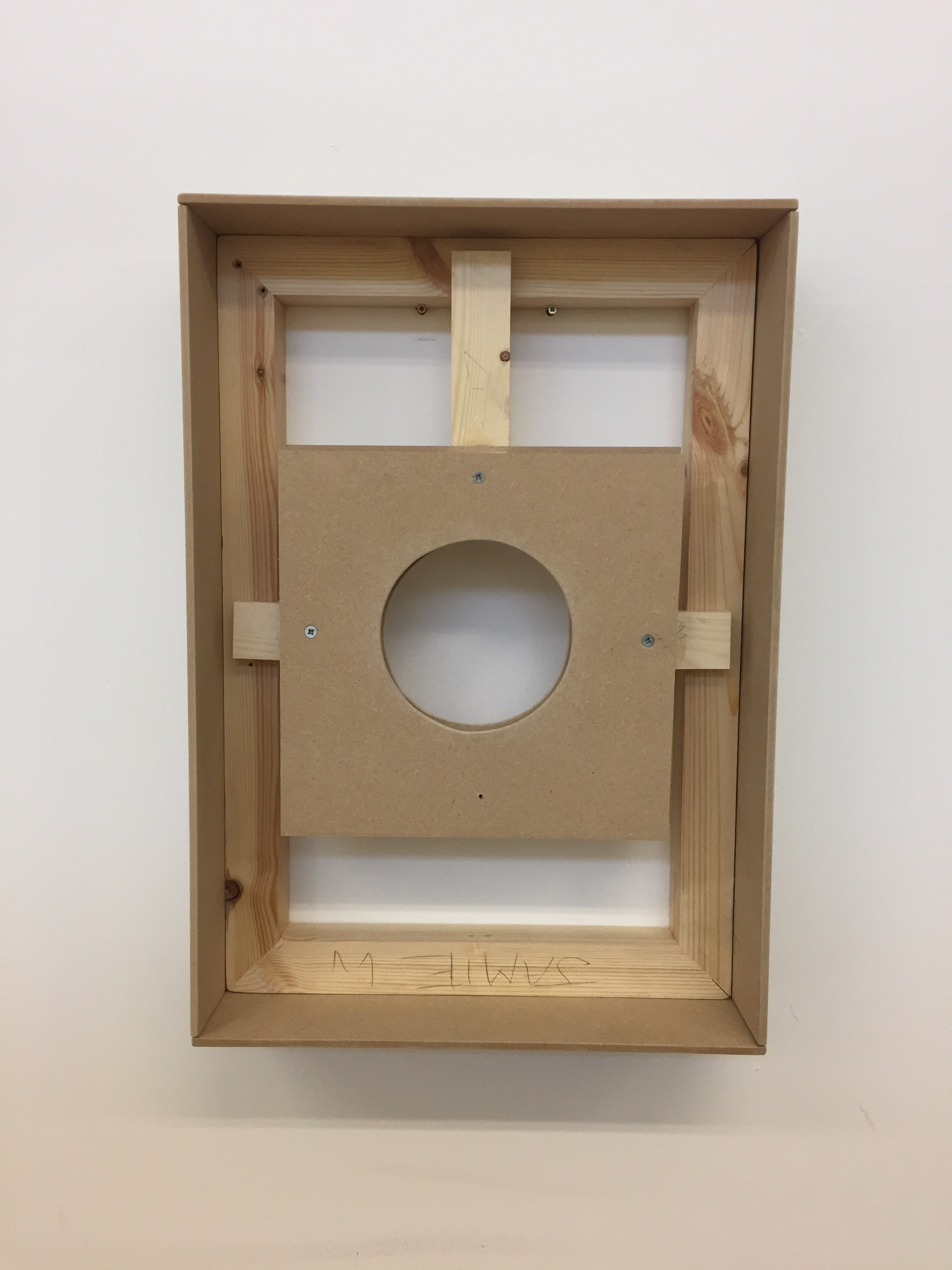
After a few set backs, this difficult task was completed and I was fairly happy with the outcome. I then amalgamated more fine art materials such as acrylic with graffiti spray paint to create a painterly surface.

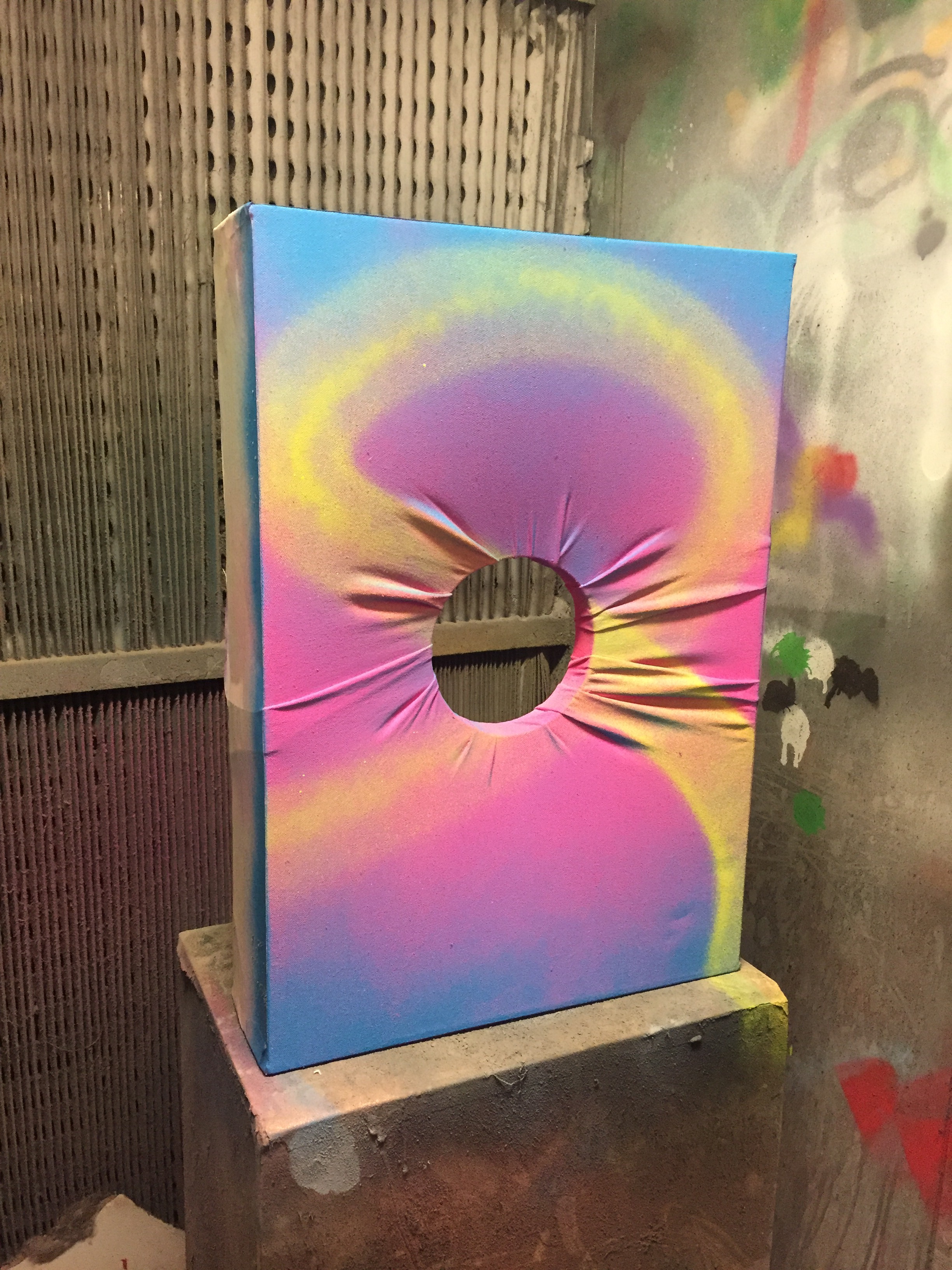
Now I was left with the issue of creating a way of potting the plants within the very limited space within the frame.
To achieve this I decided to create mounds that would fill the space perfectly and I vacuumed formed them into plastic pots. This took numerous attempts due to the long slender shape, as they had a tendency to become fixed within the mounds and break.
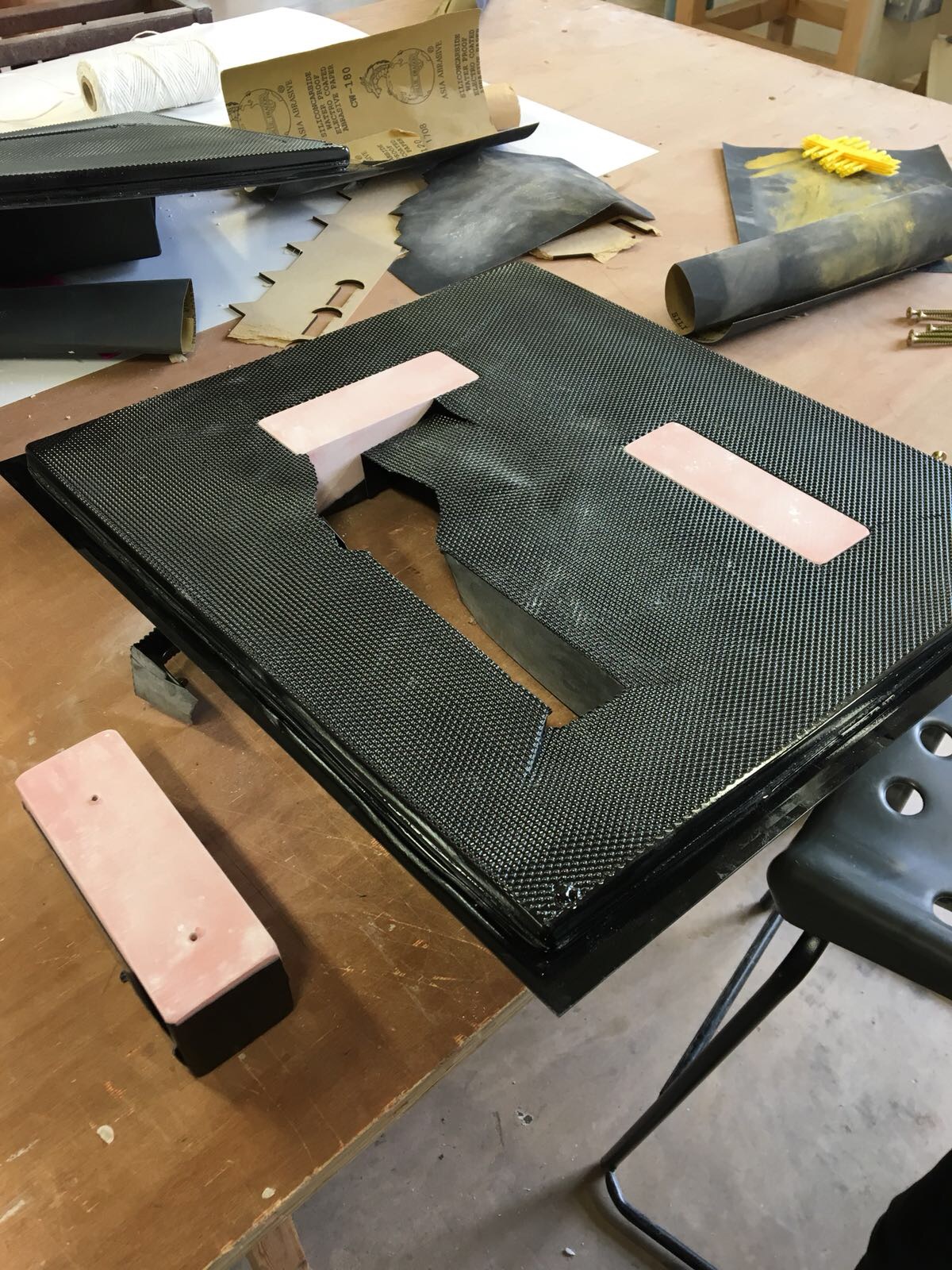
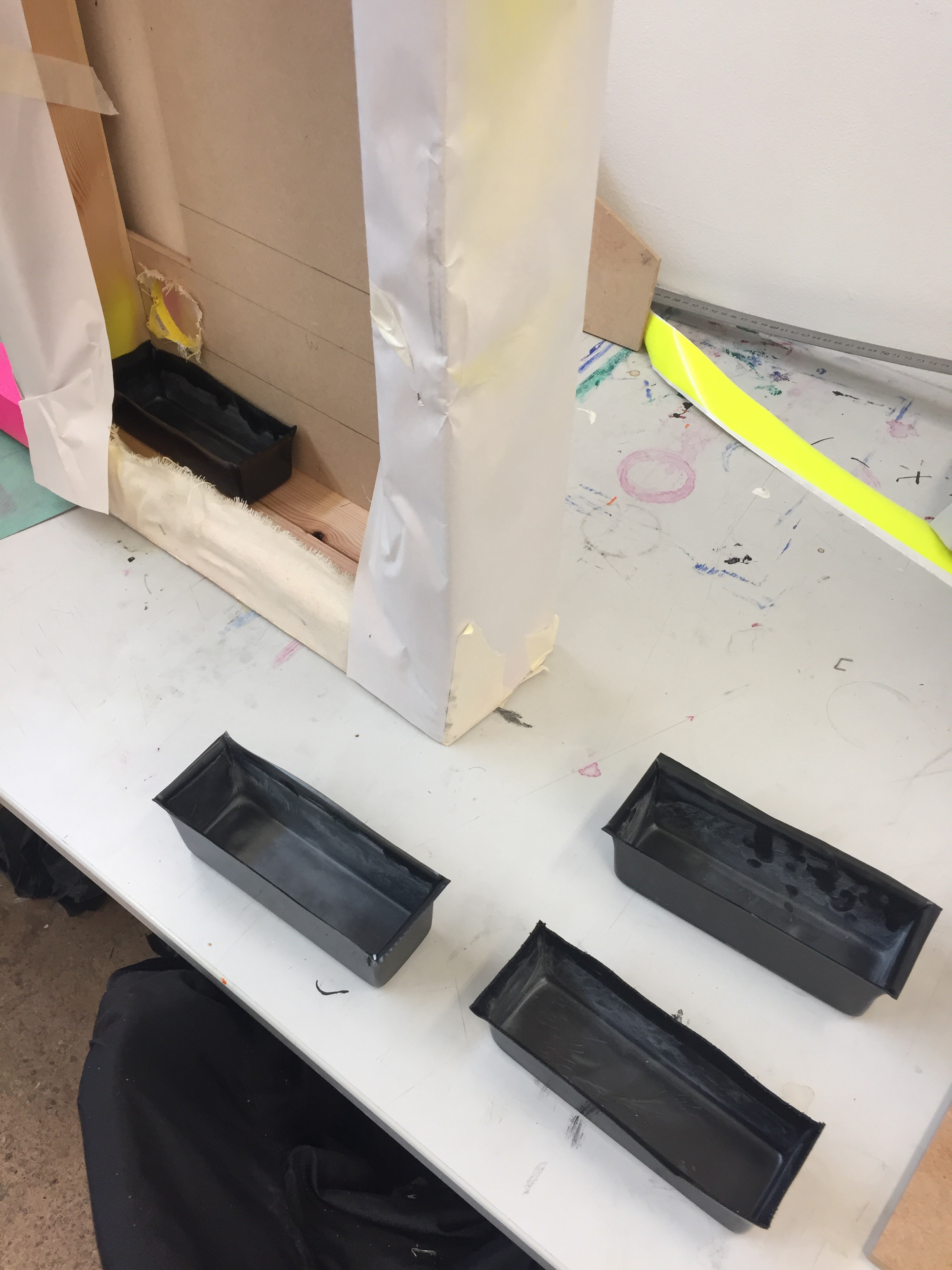
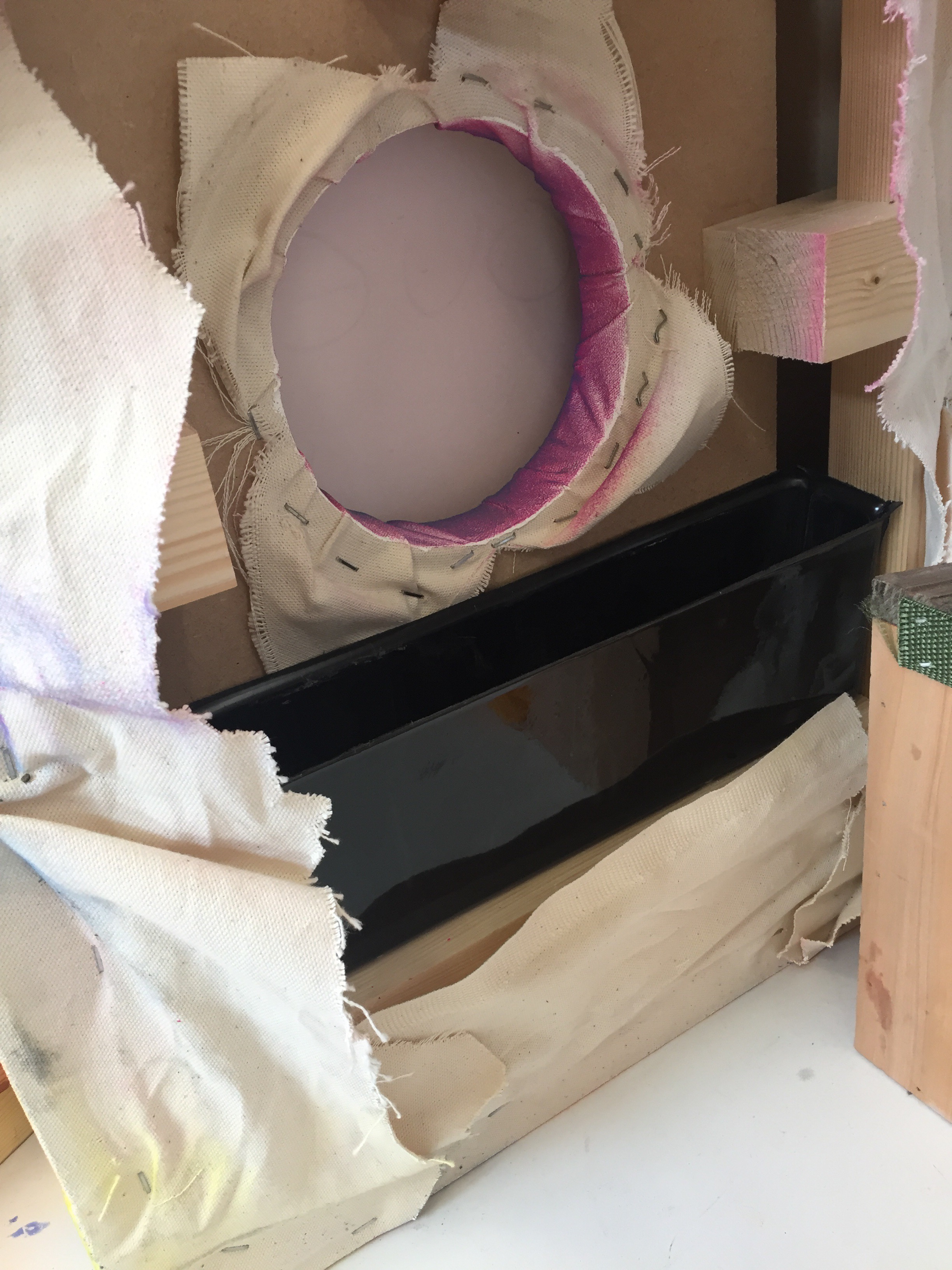
Now I seemed to Of over come the challenge I had set myself to create canvases that could harbour potted plants, I decided to keep going with the project and attempt variations, again using predominantly recycled and found objects and materials.
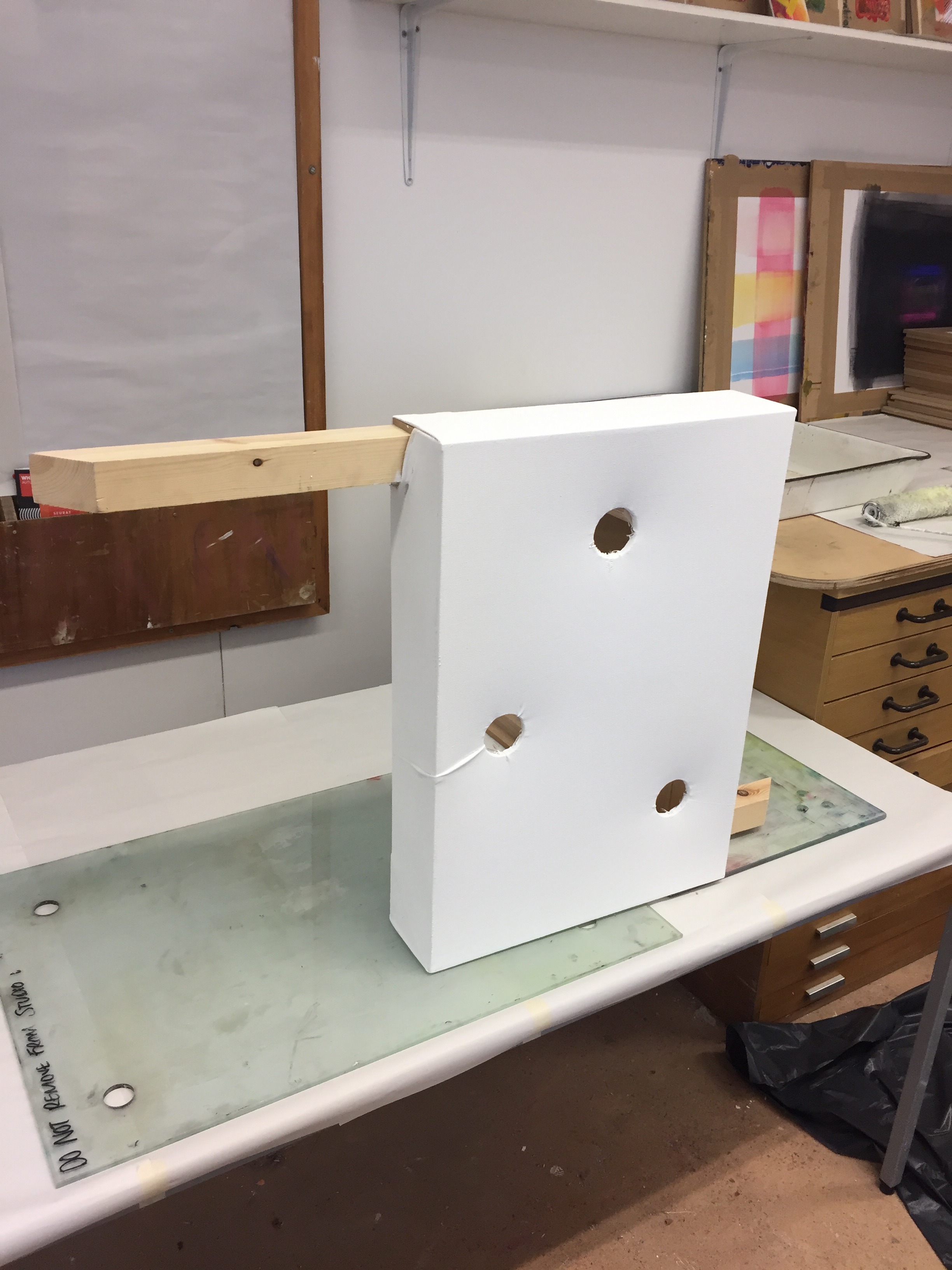
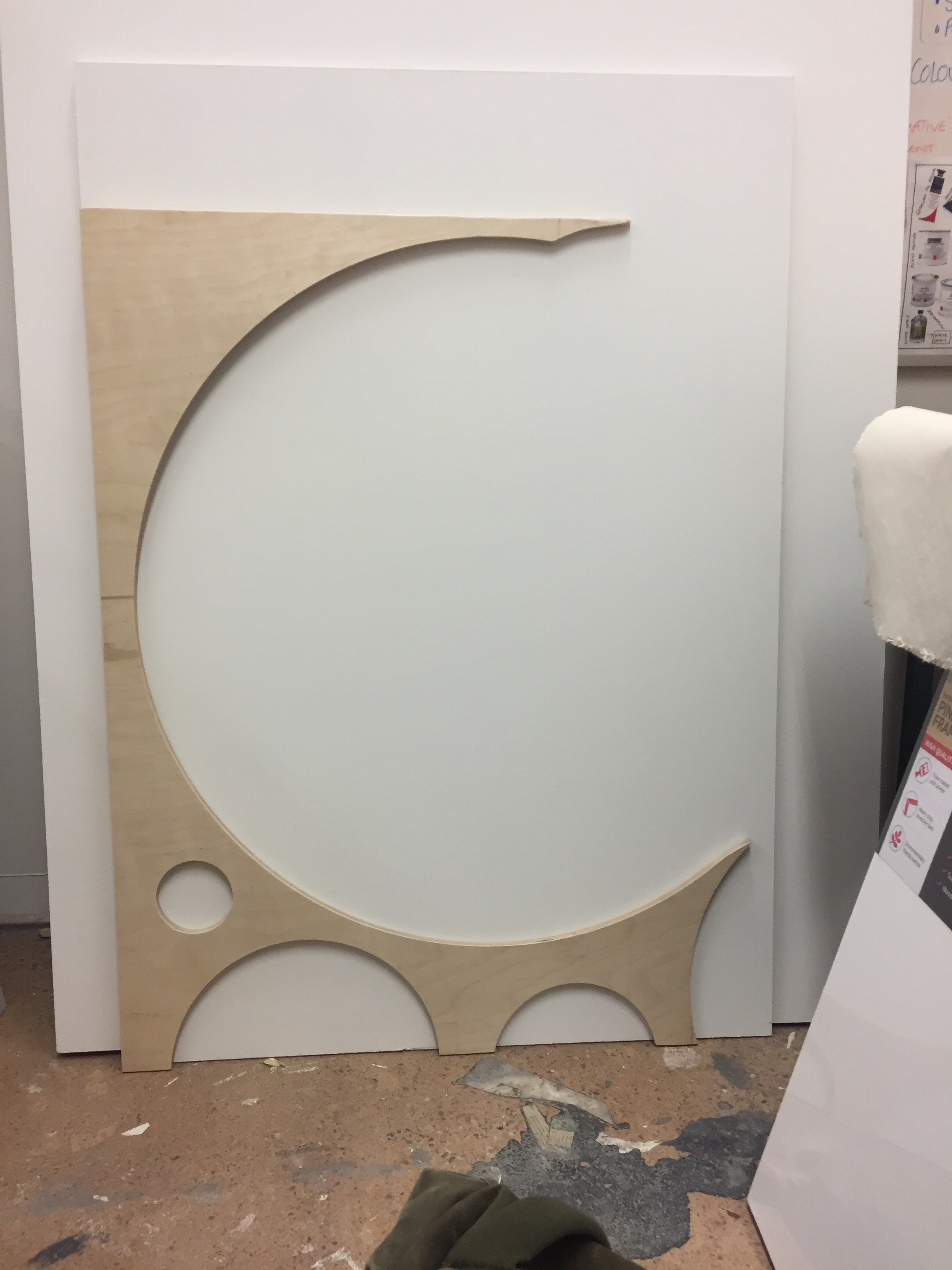

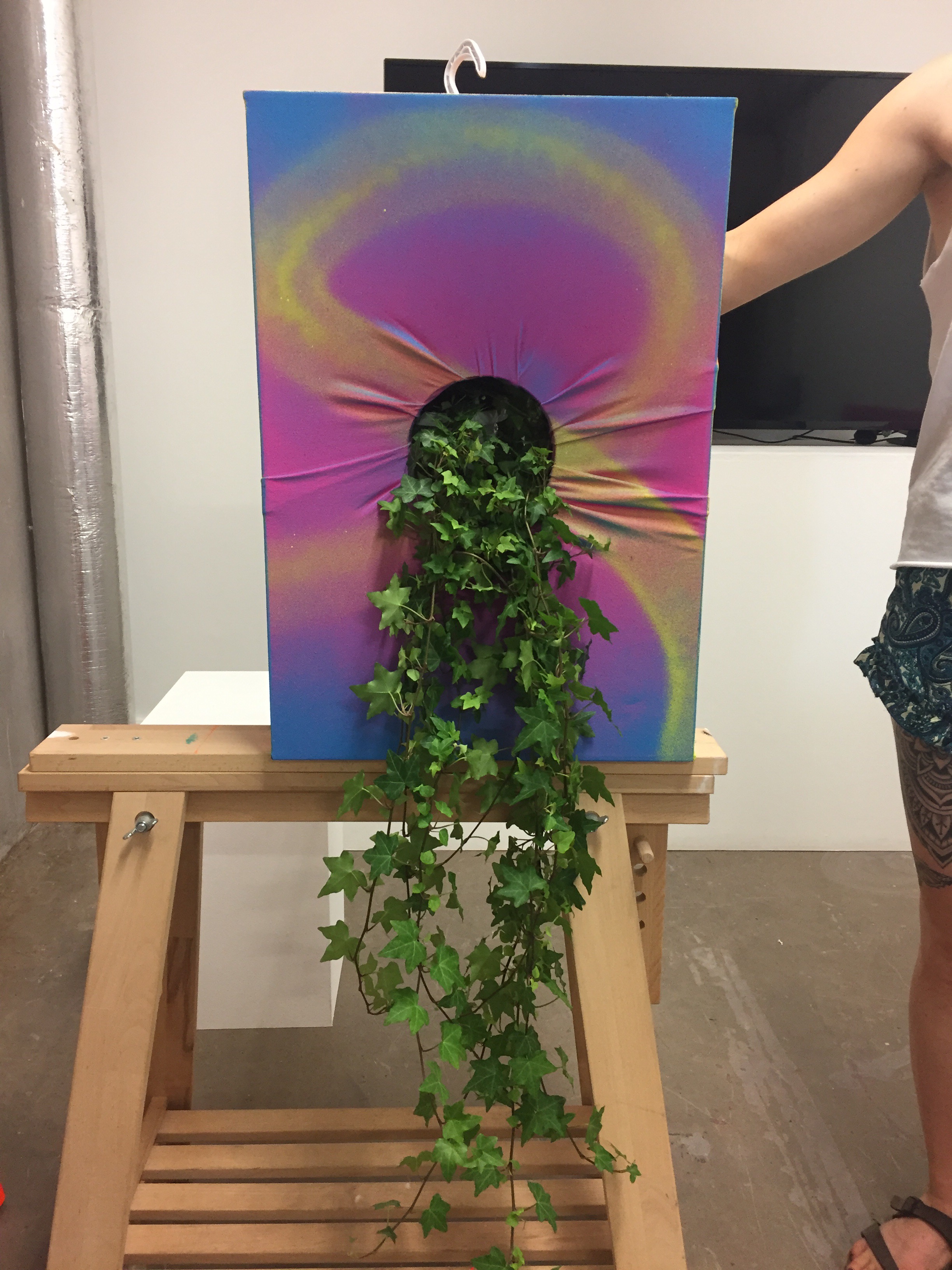
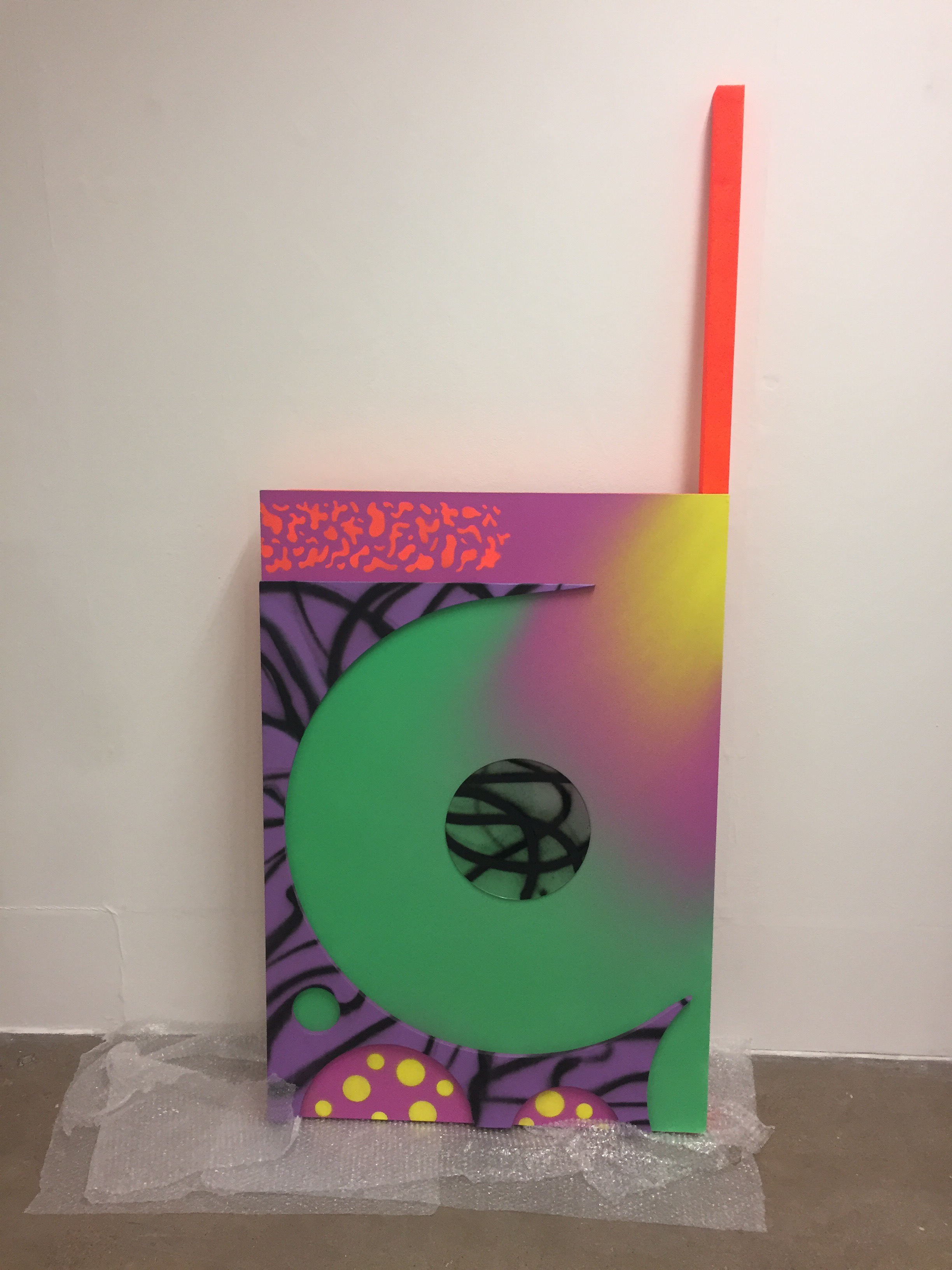
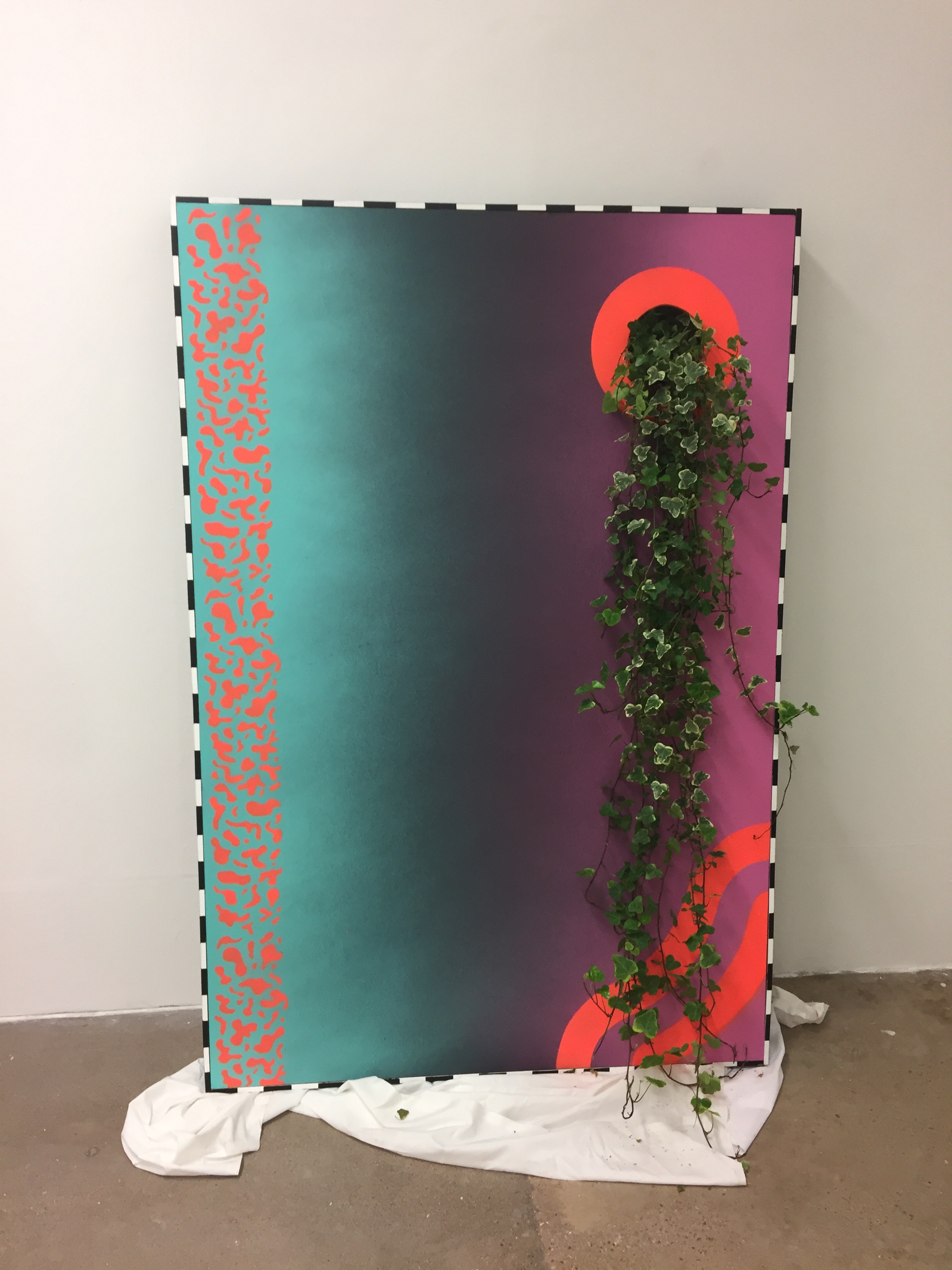

I then planted the plants within them and was ready to hang. Quite the task due to the sizes of a couple of the paintings, however, I attached supportive beams to the walls to take the weight and they were firmly secured.
Overall, I was am very happy with the final outcome. I pushed myself to create maybe a little more than I should of within the time frame but after more than a few very late nights, they were completed and hung. I feel the final outcomes definitely fulfil the initial inspirations and ideas that sparked the project and I am more than happy to of found a use for the multitude of adopted house plants I have accumulated over the time I’ve been in Cardiff.



